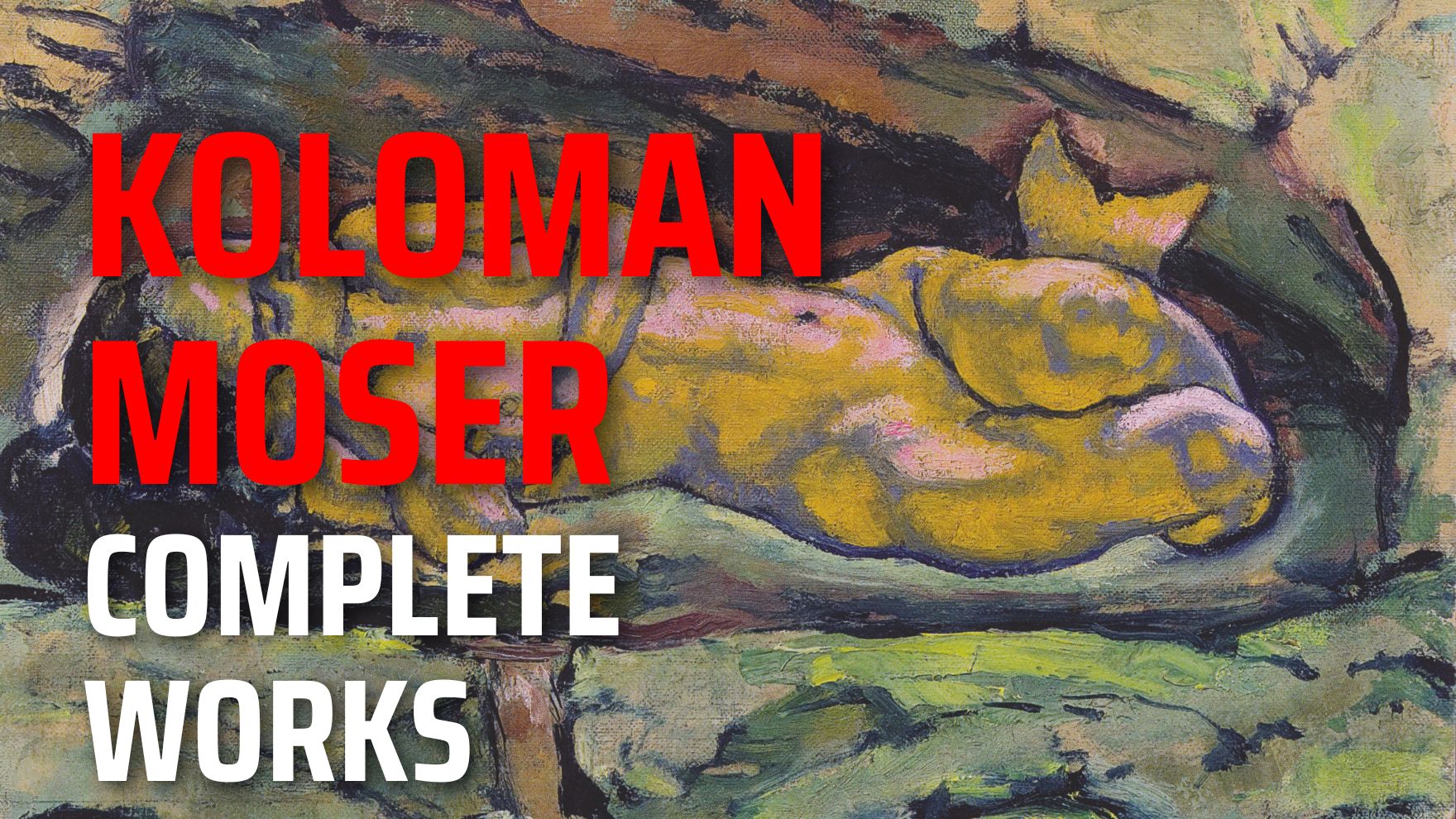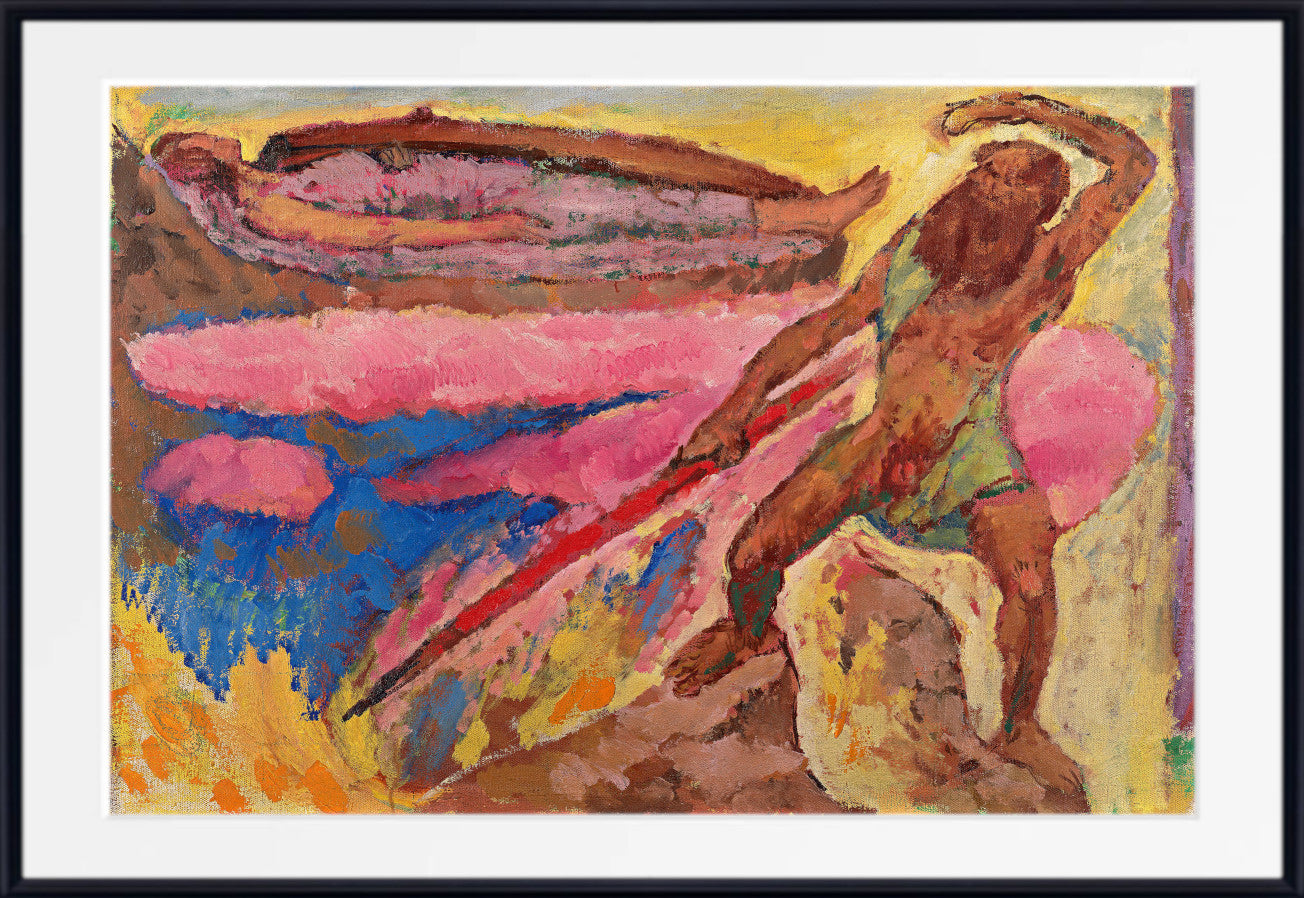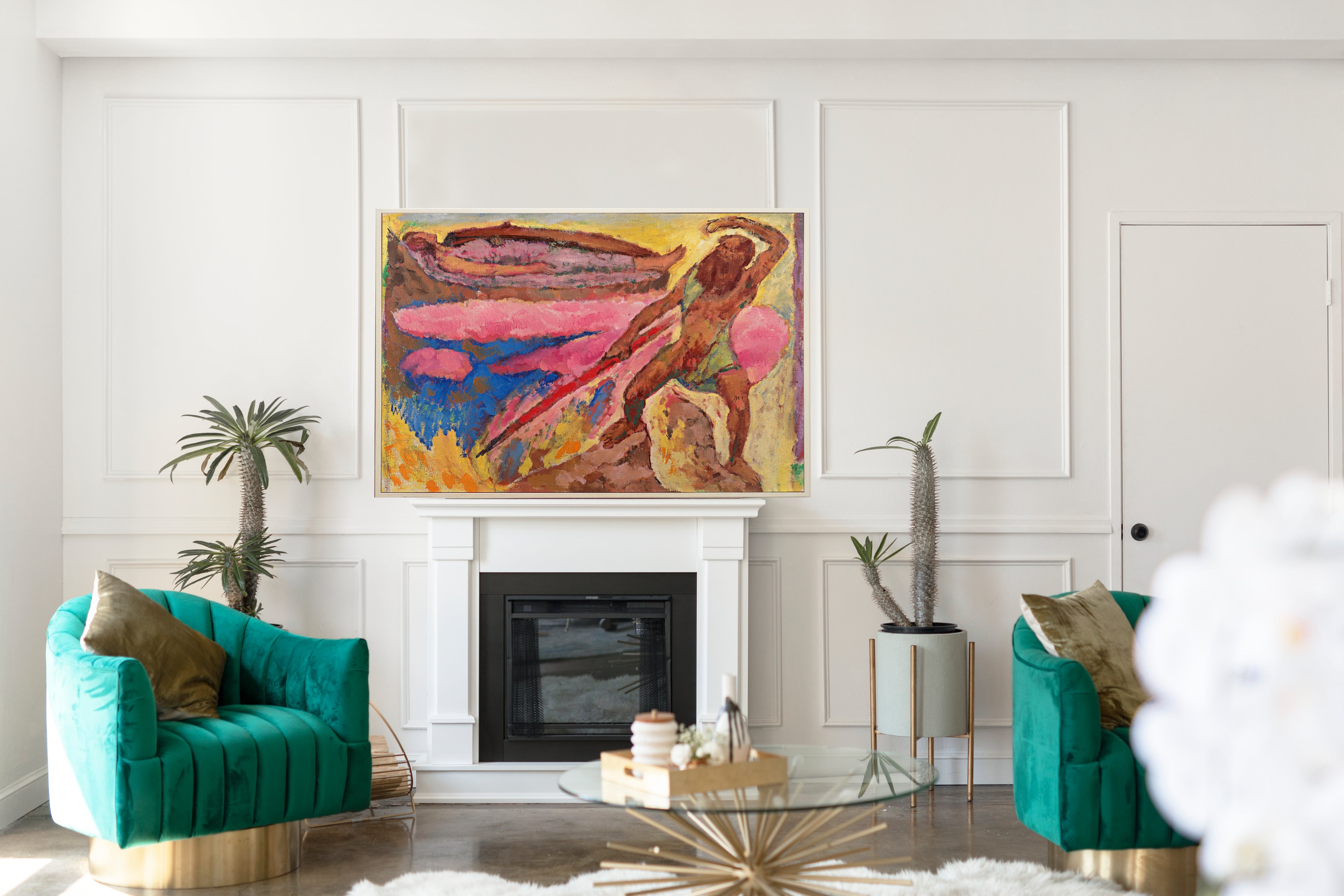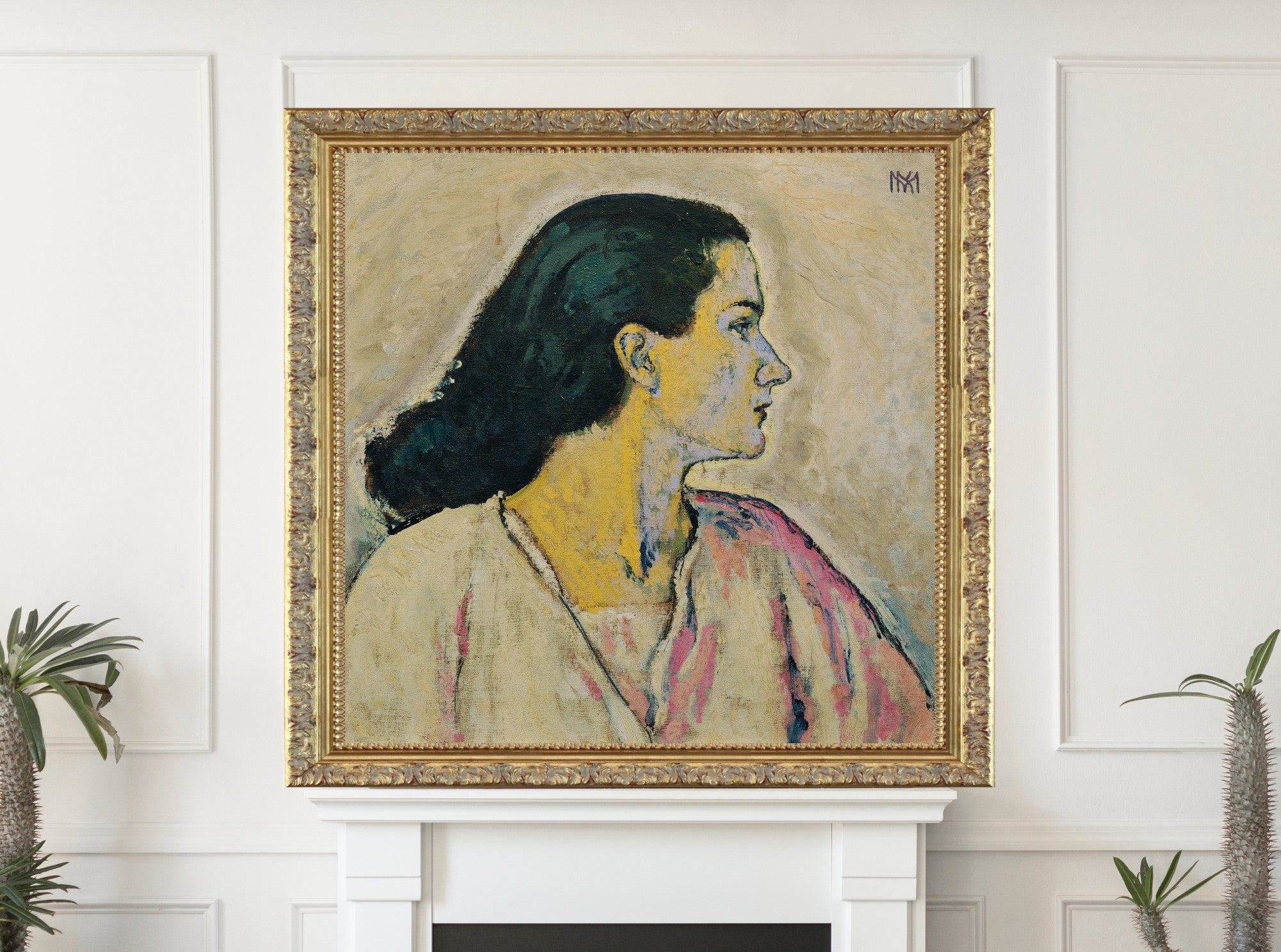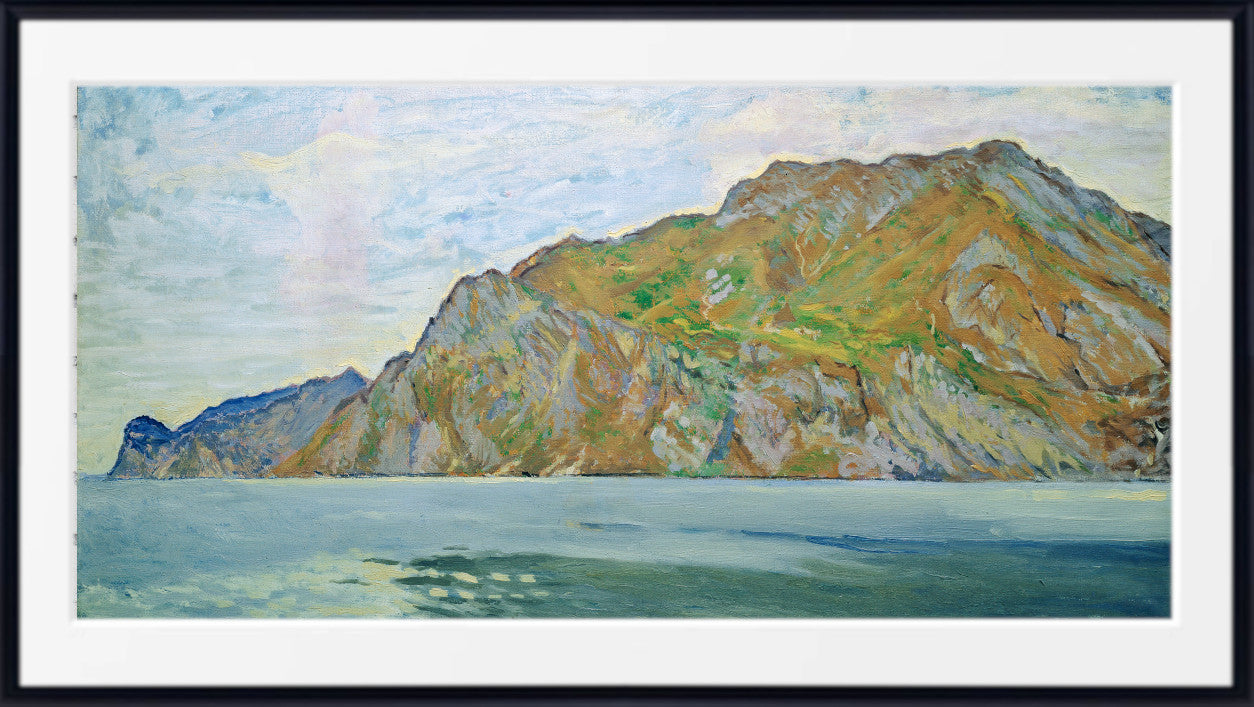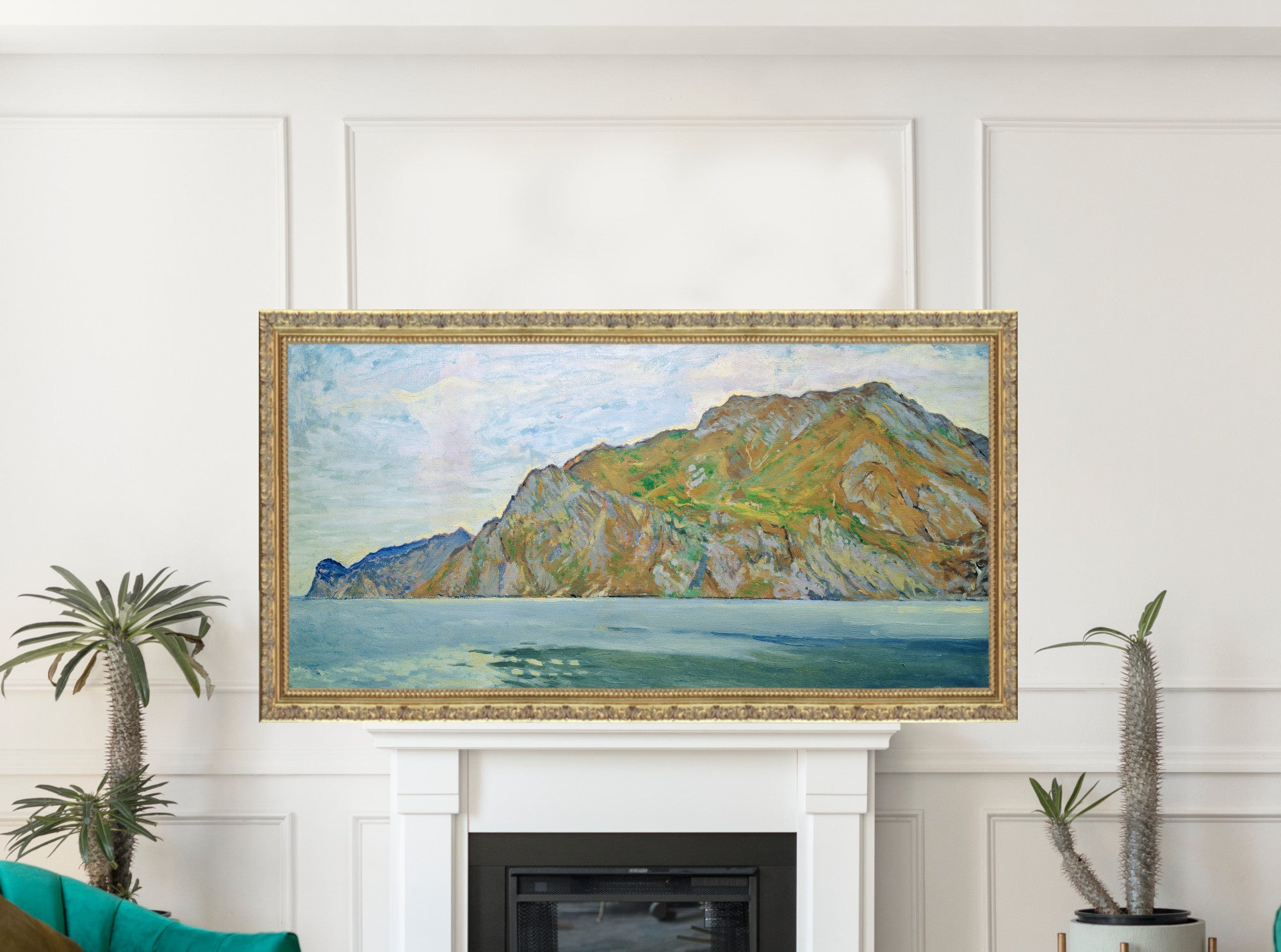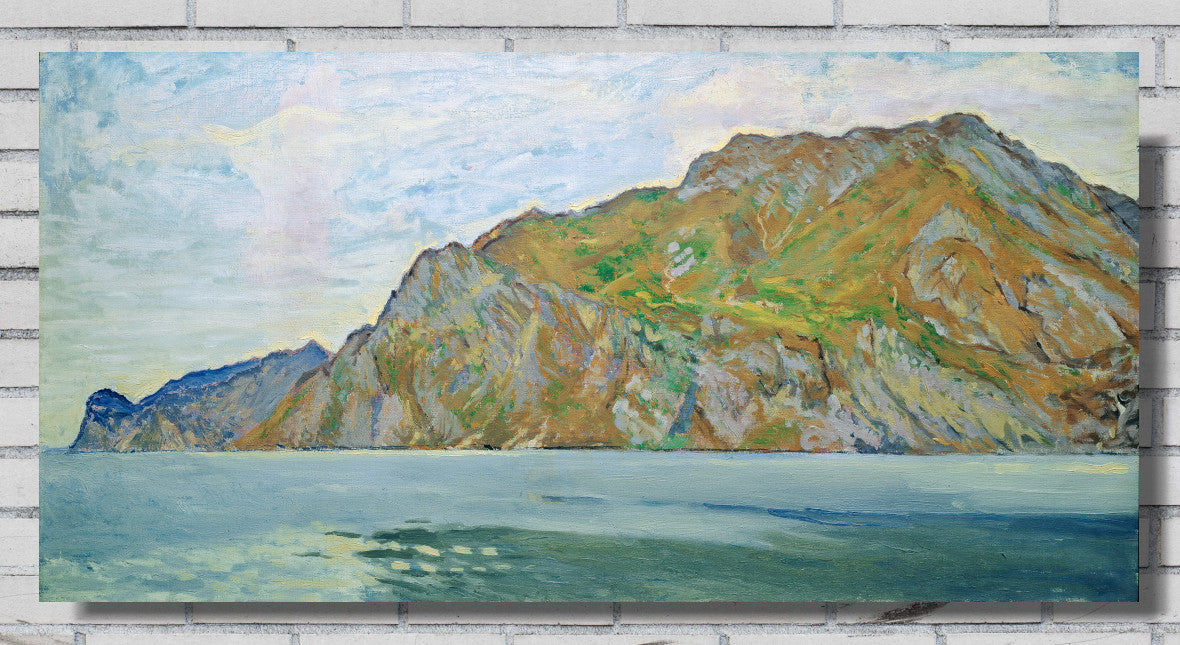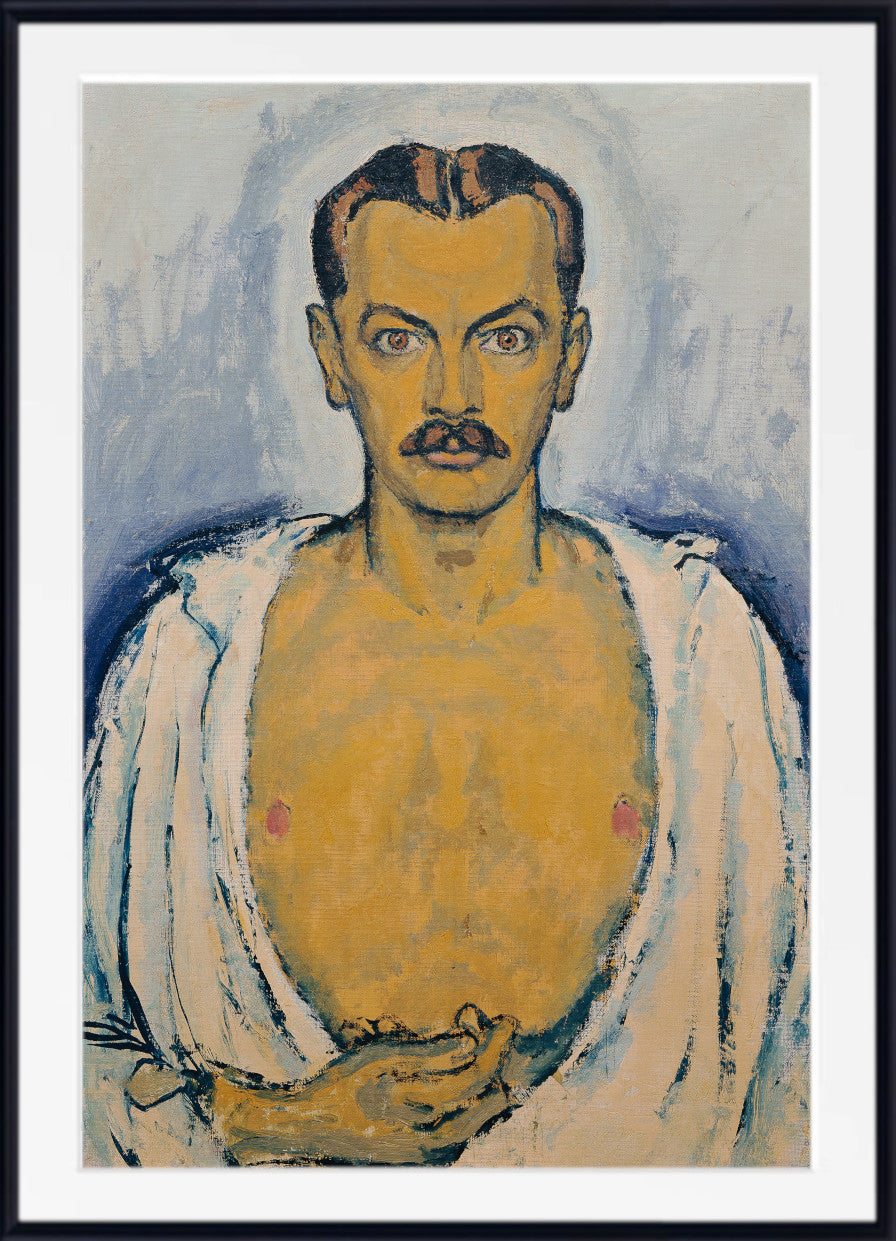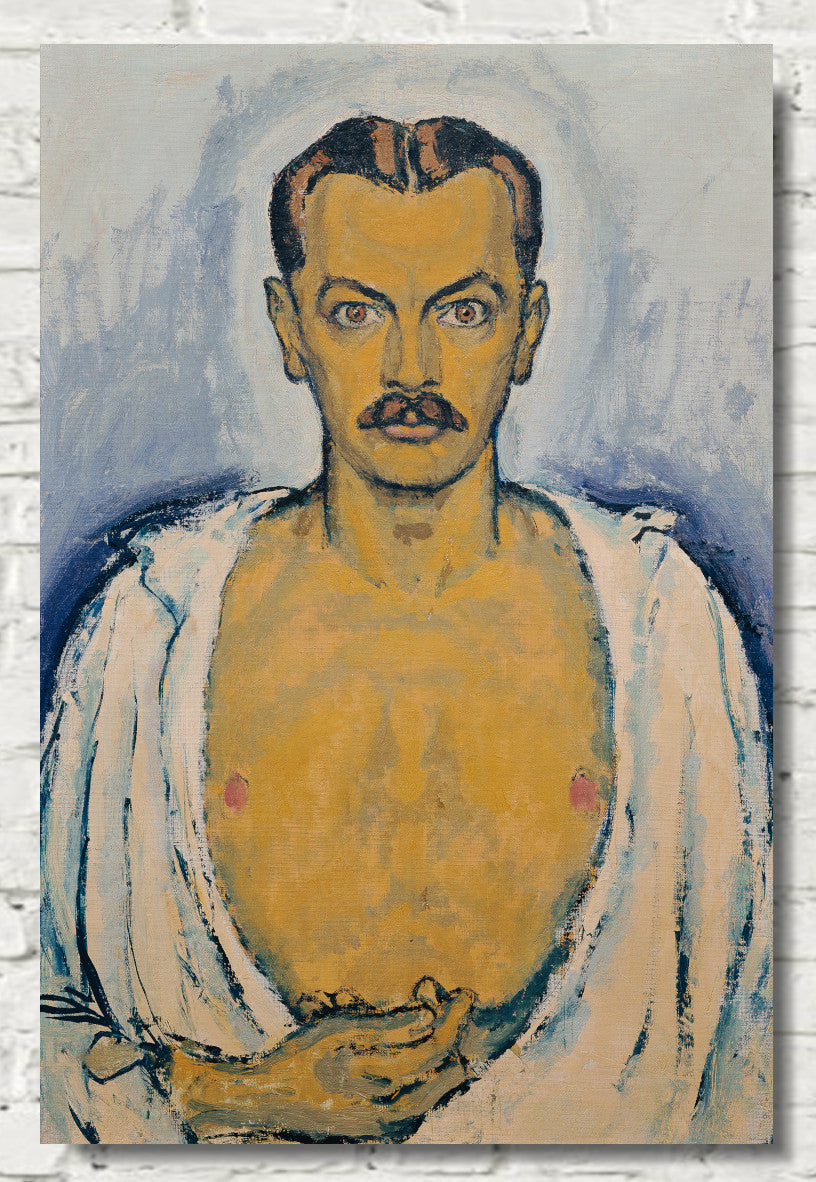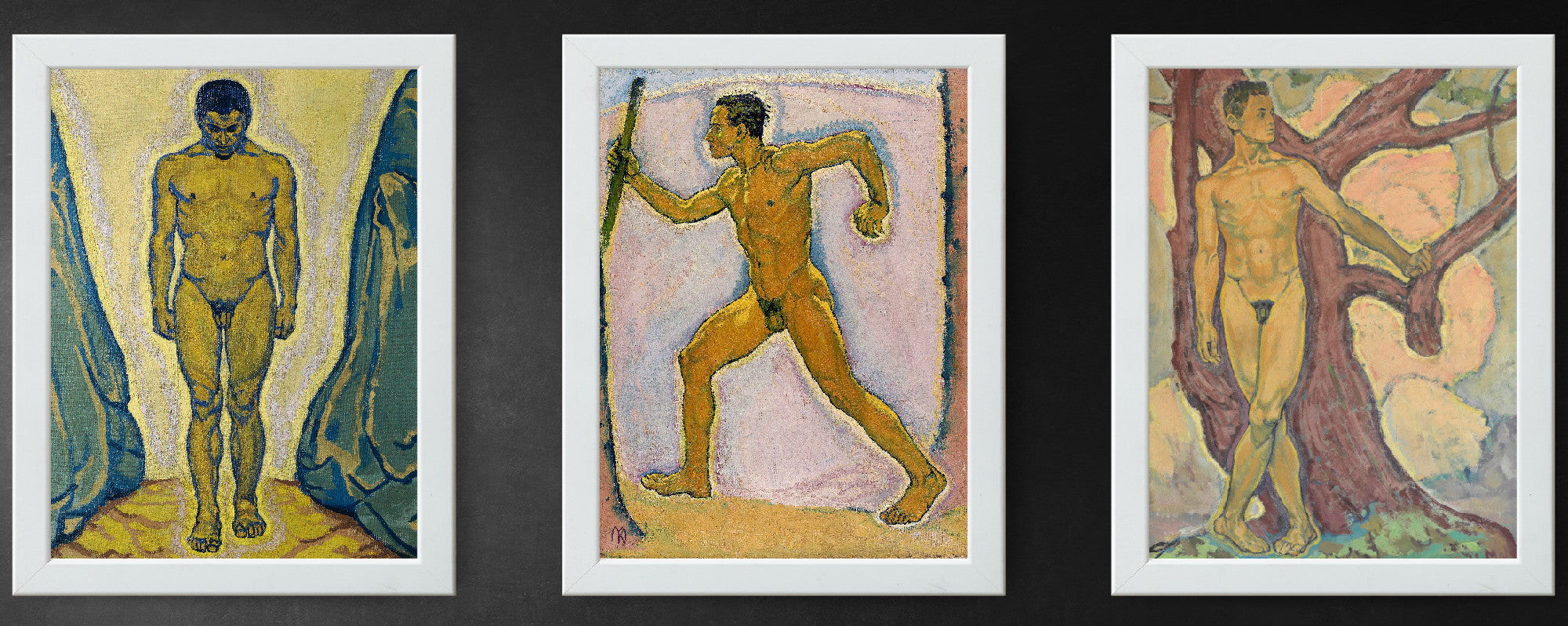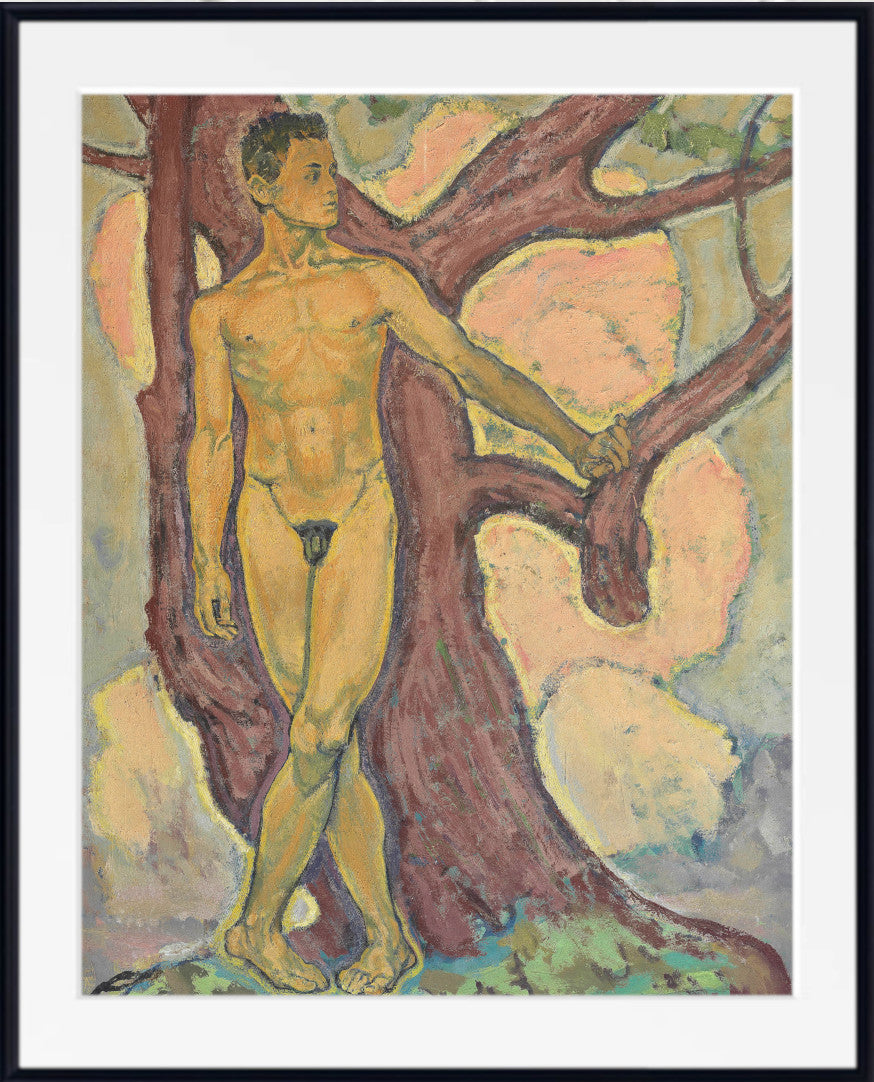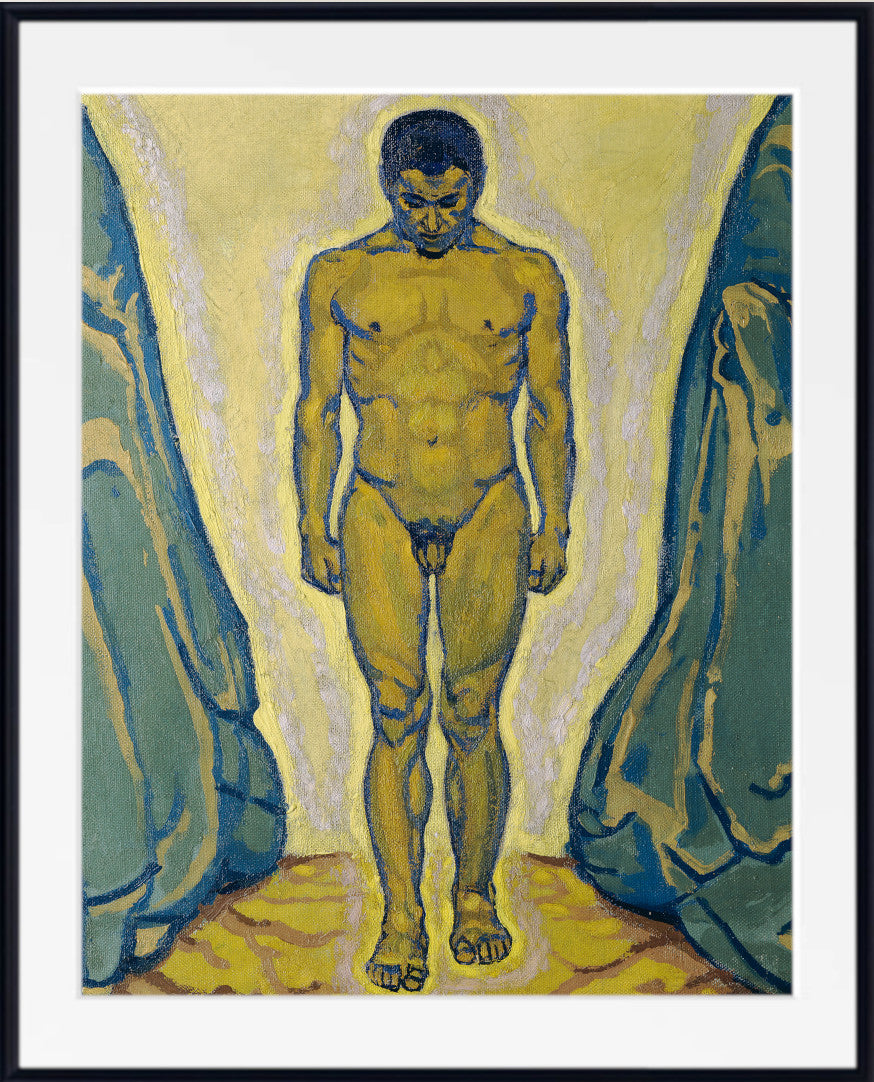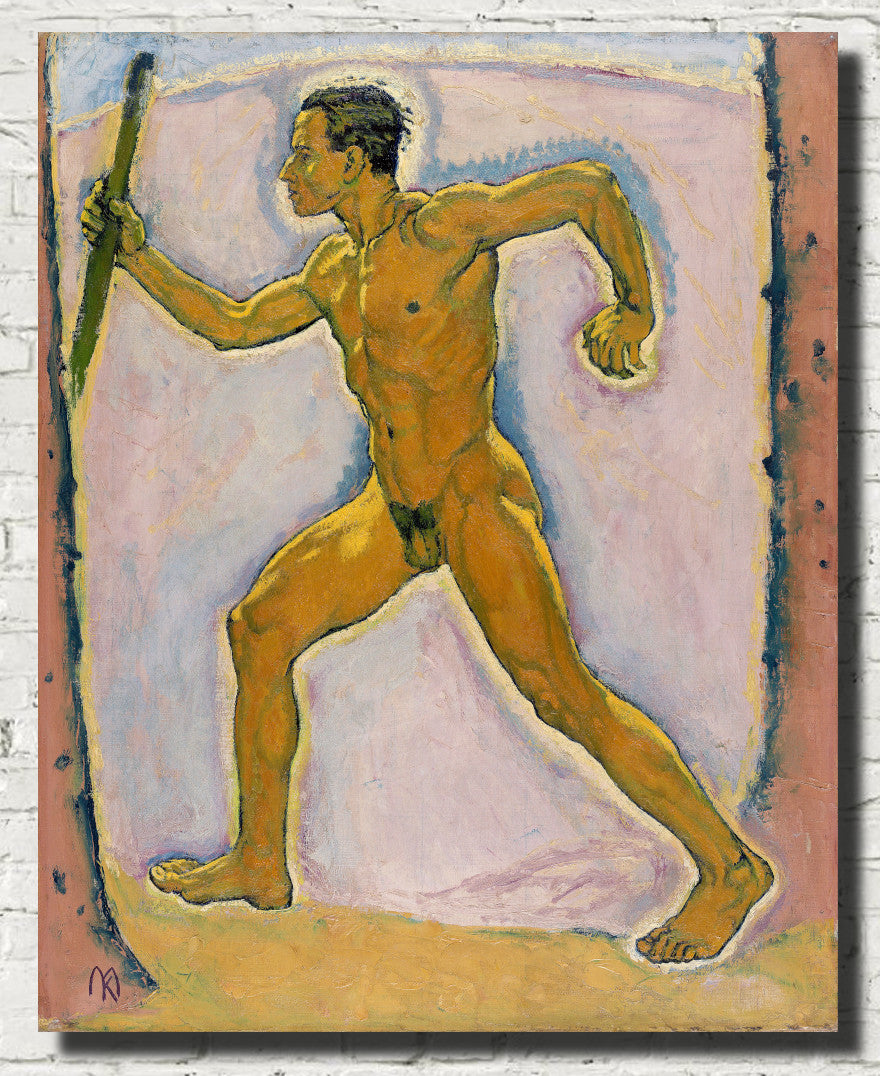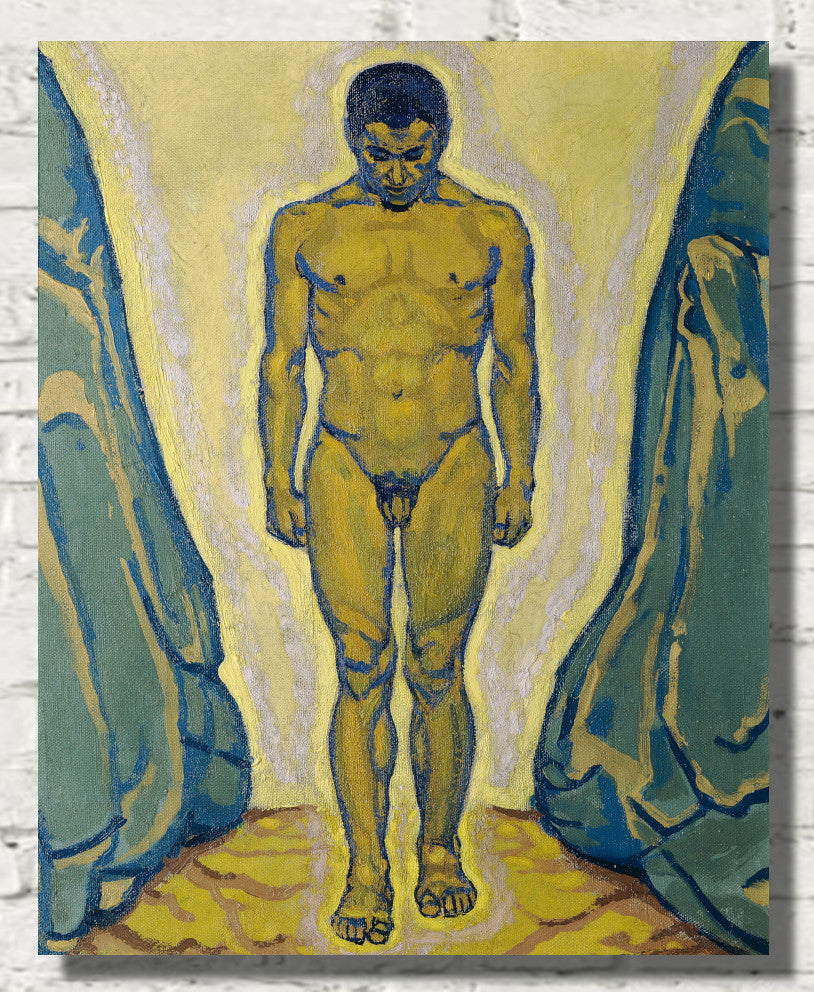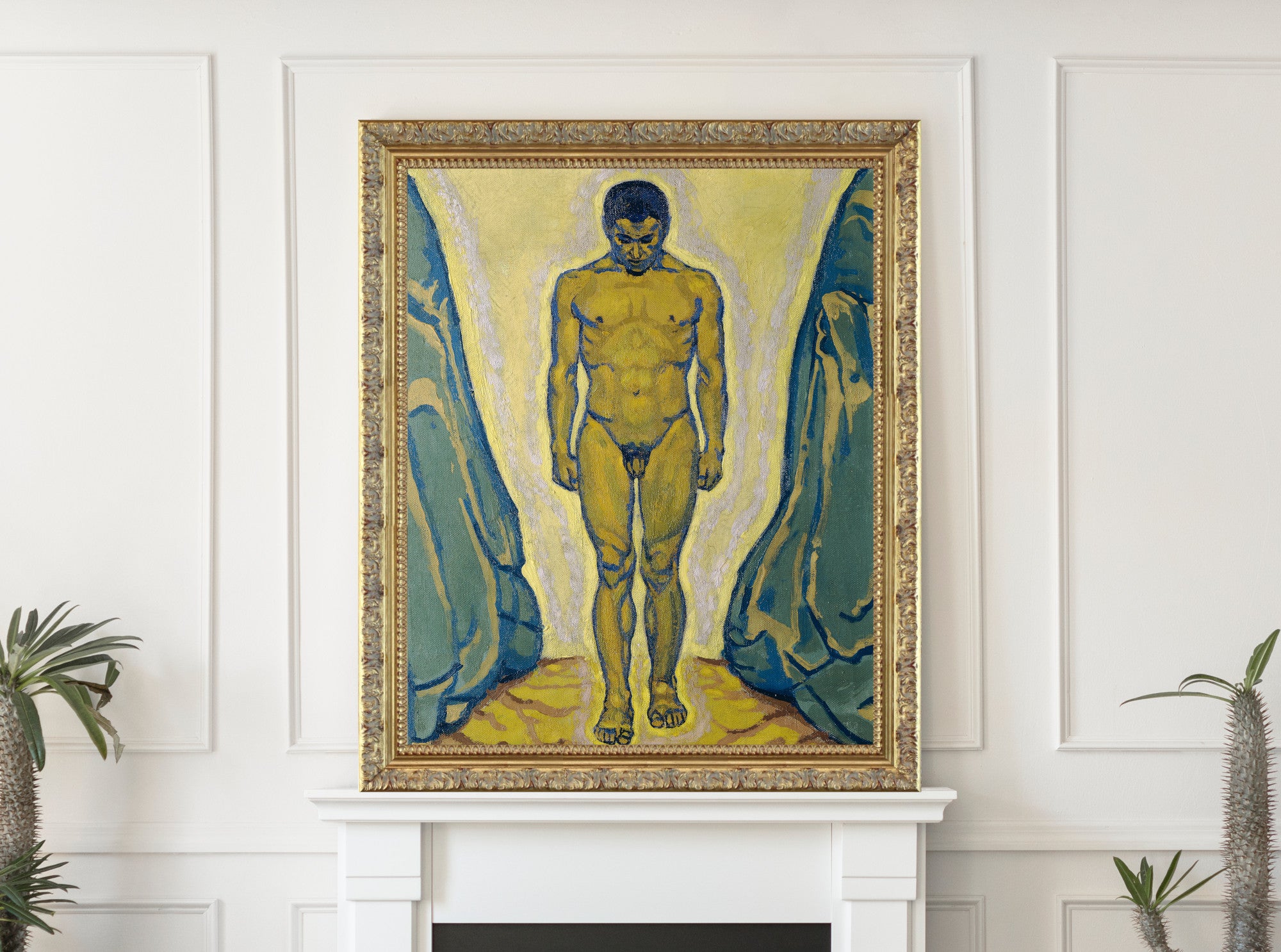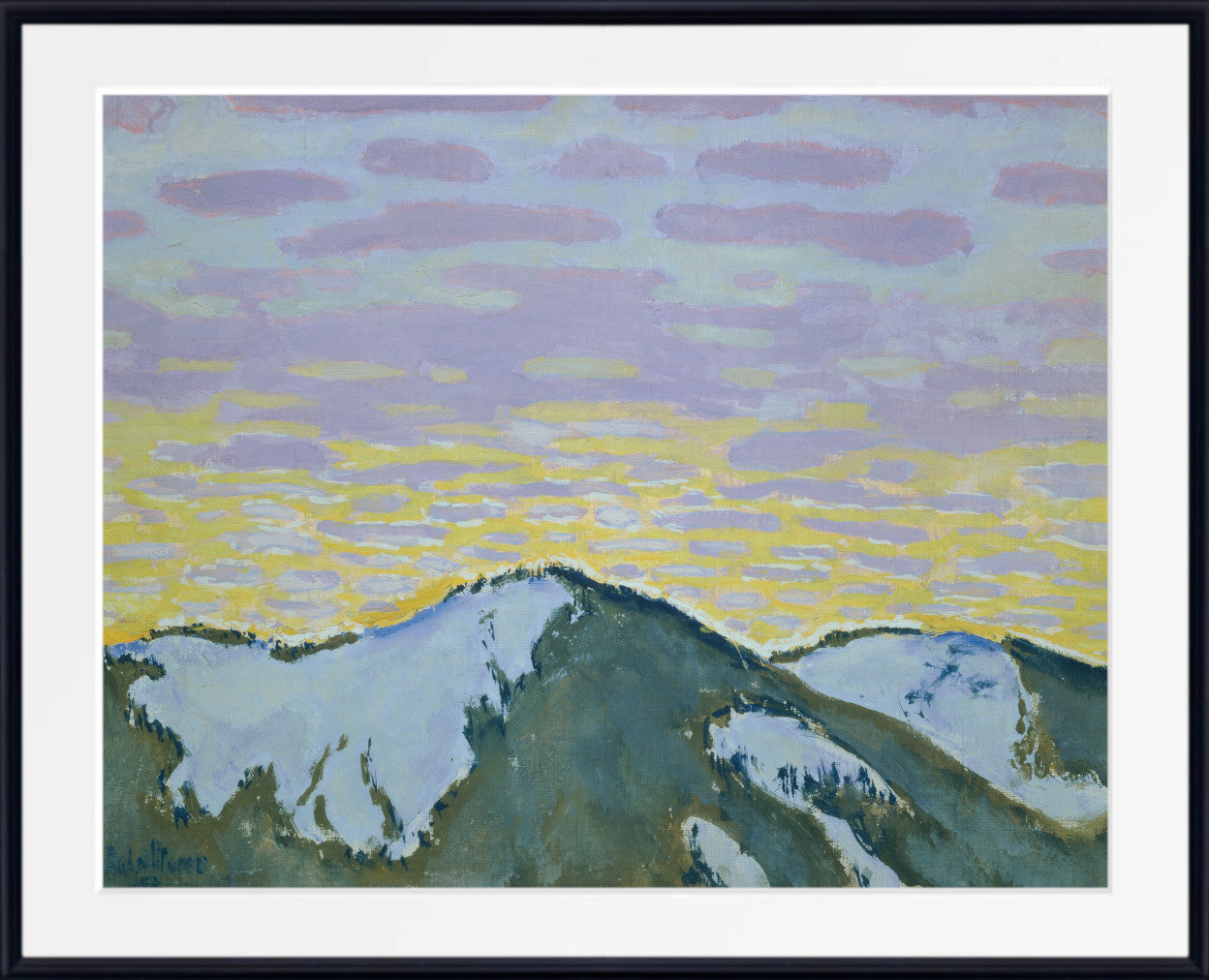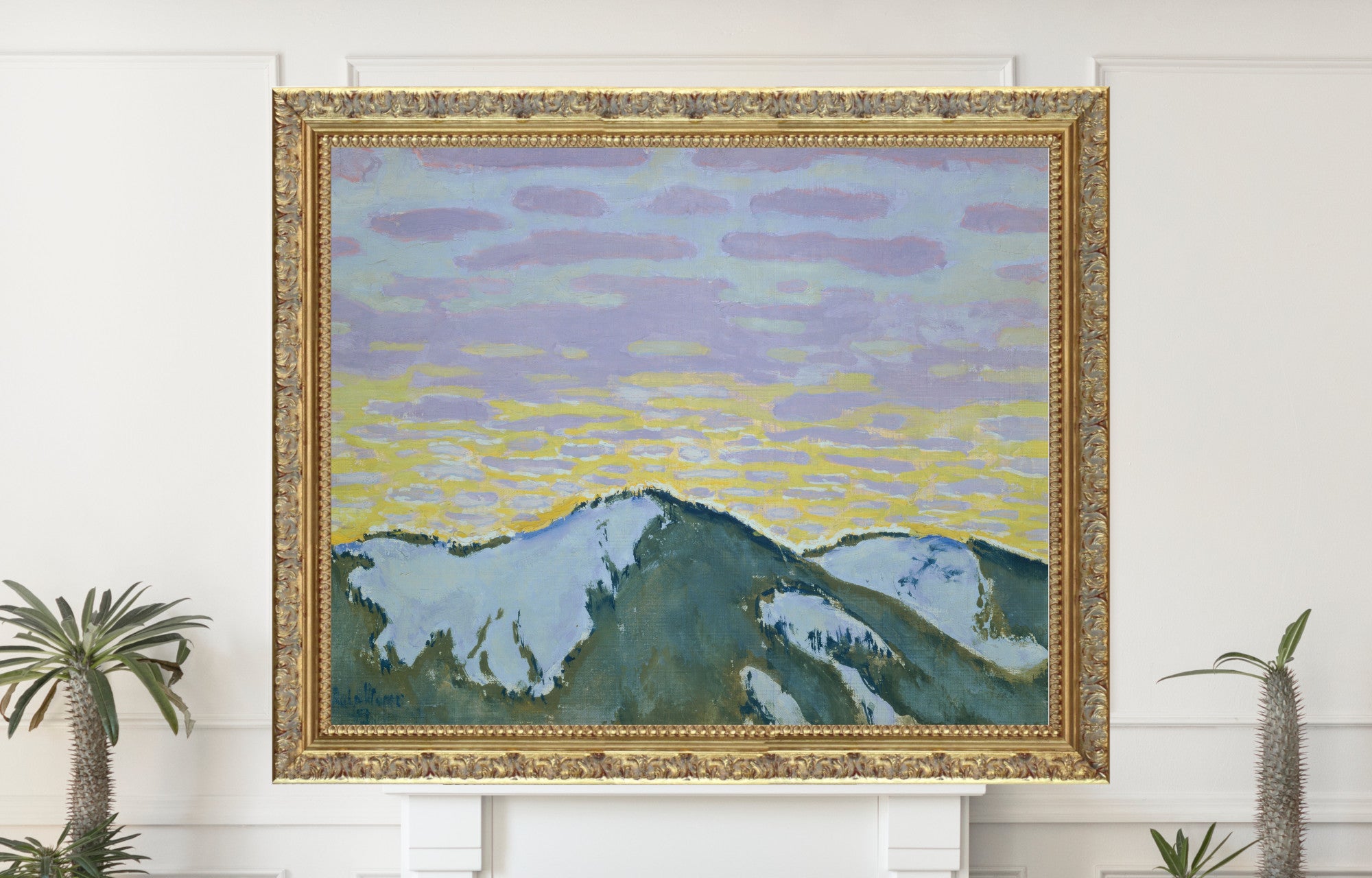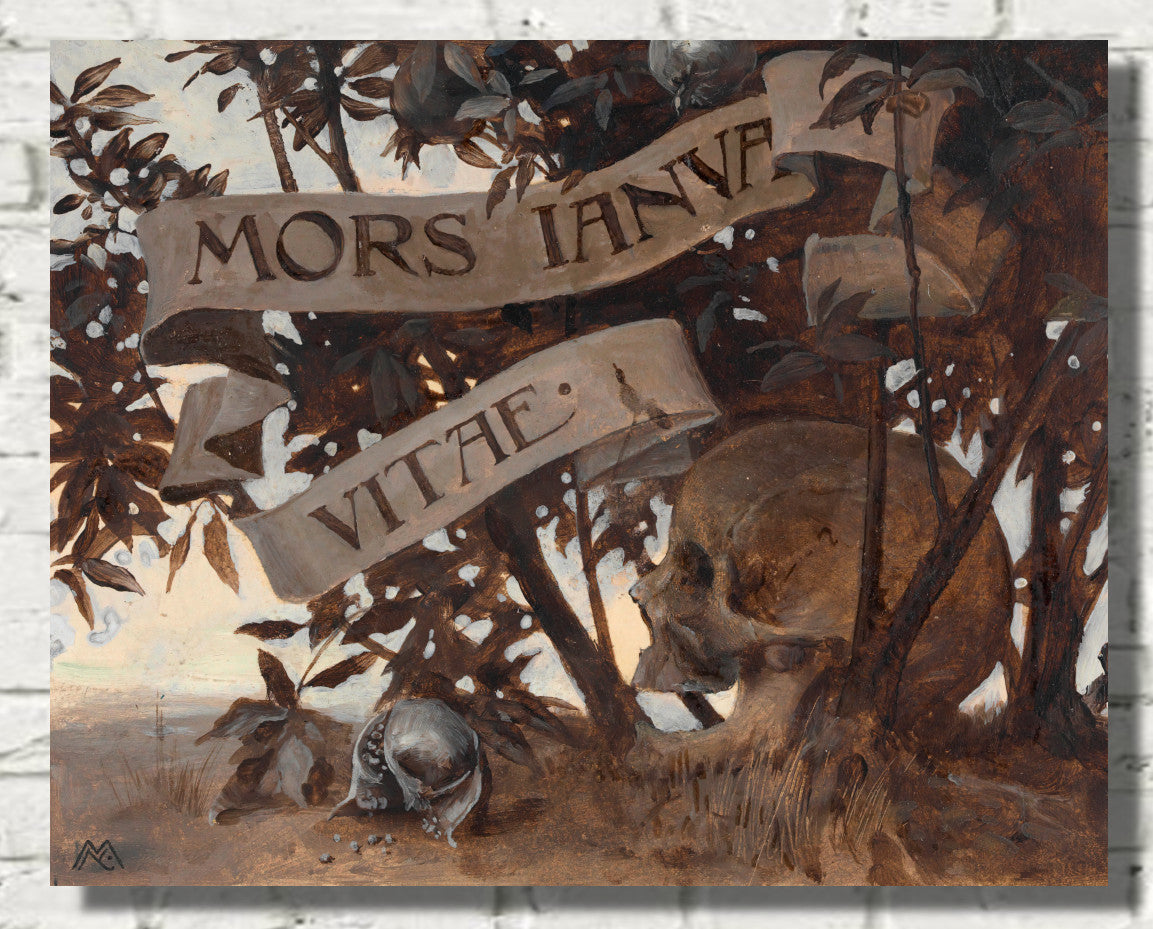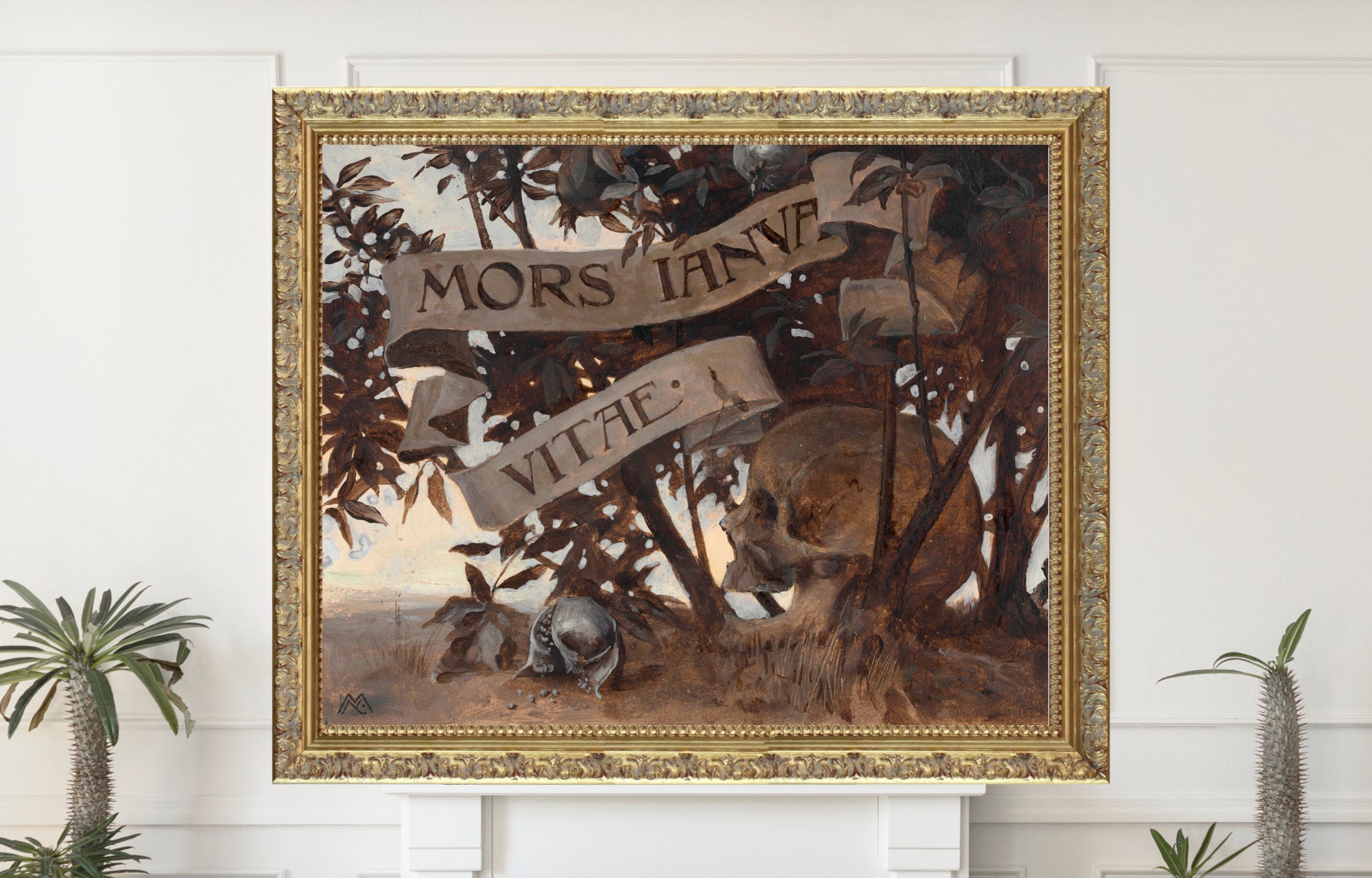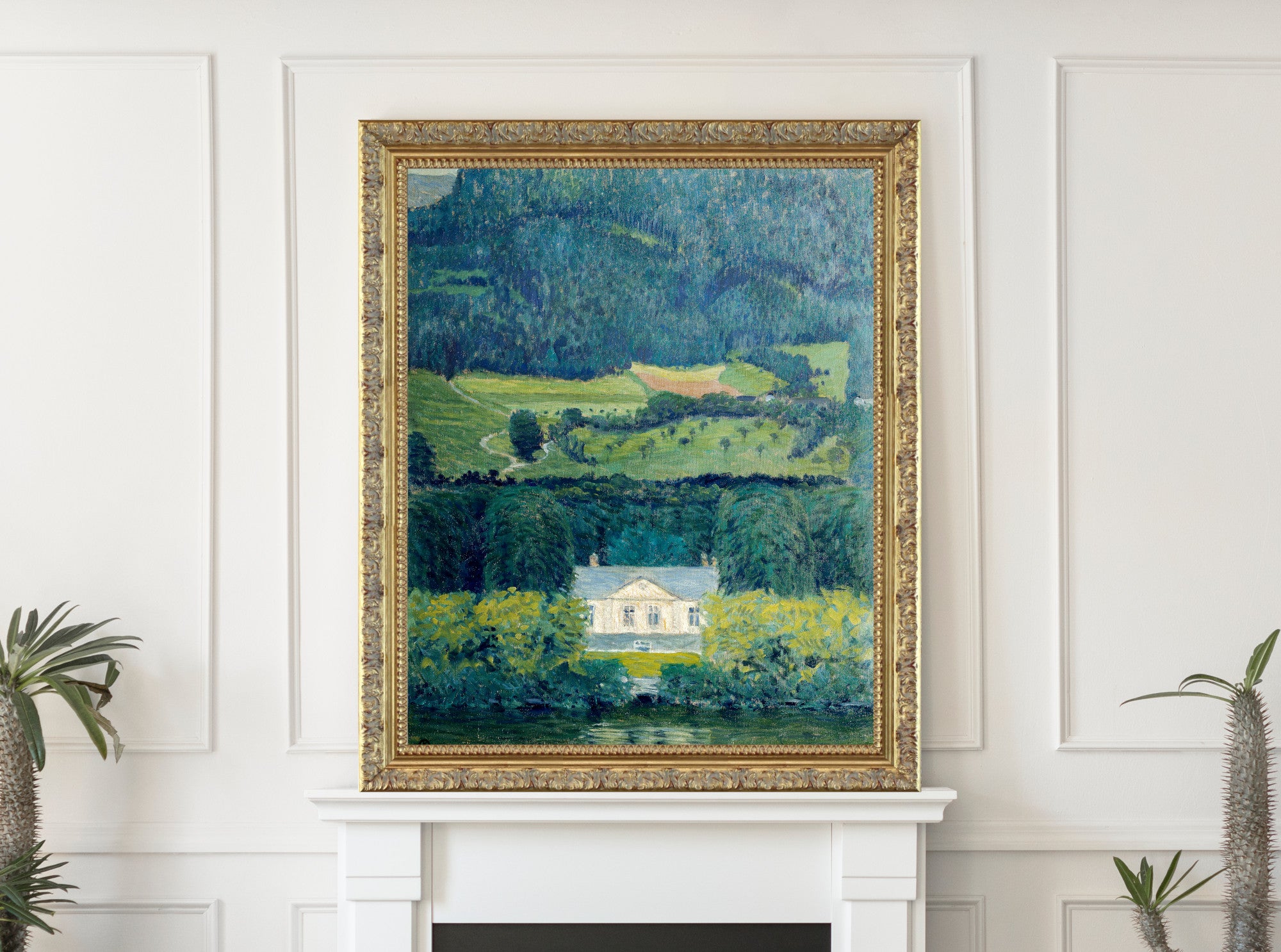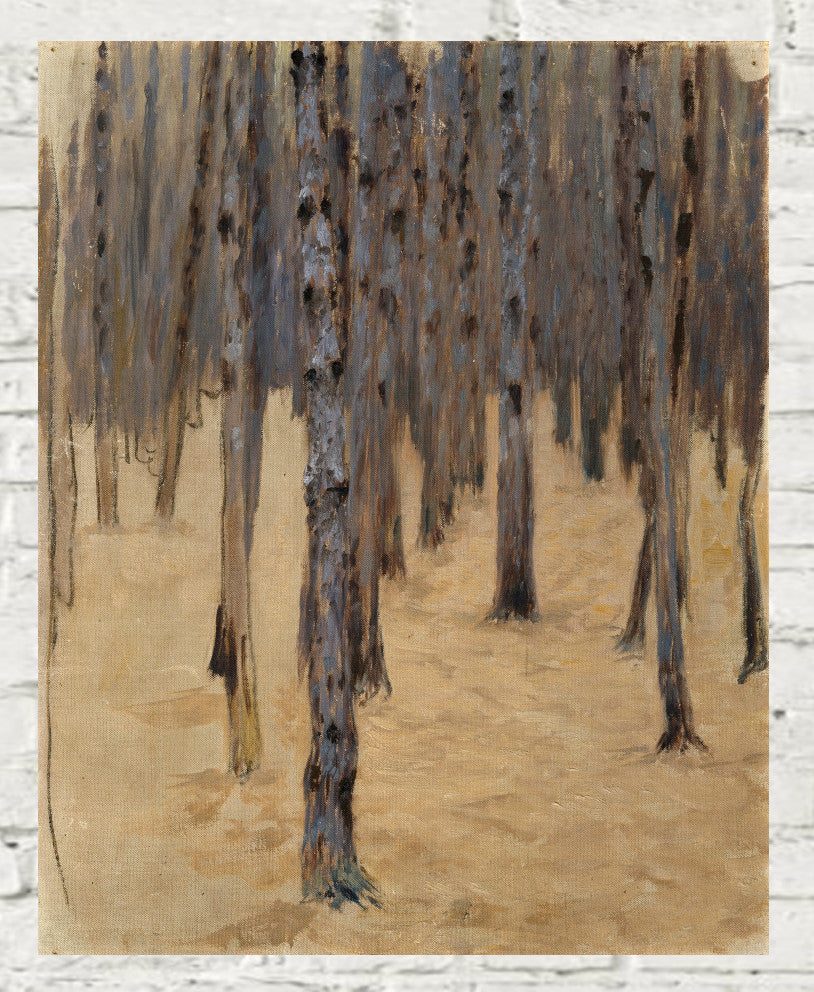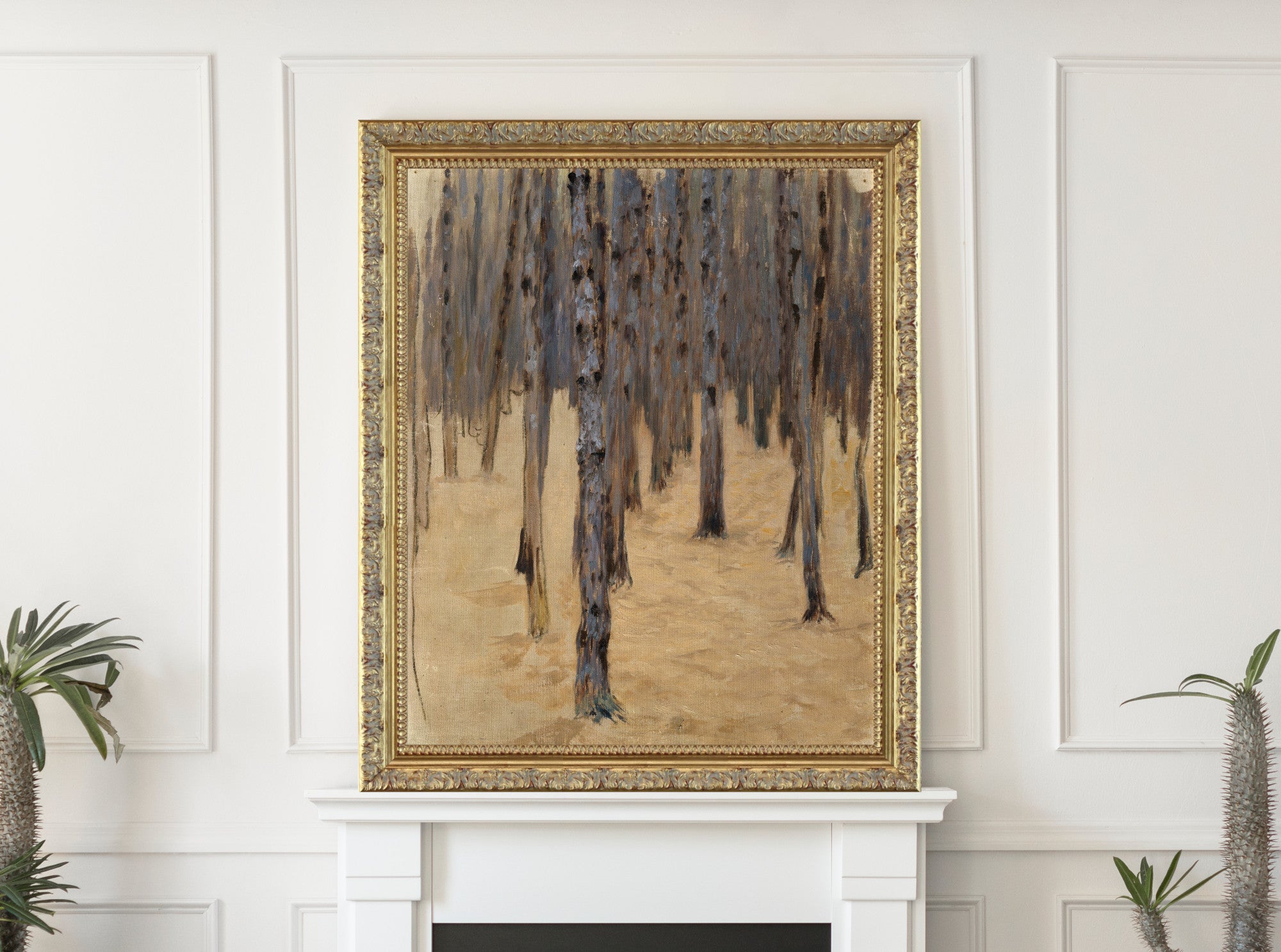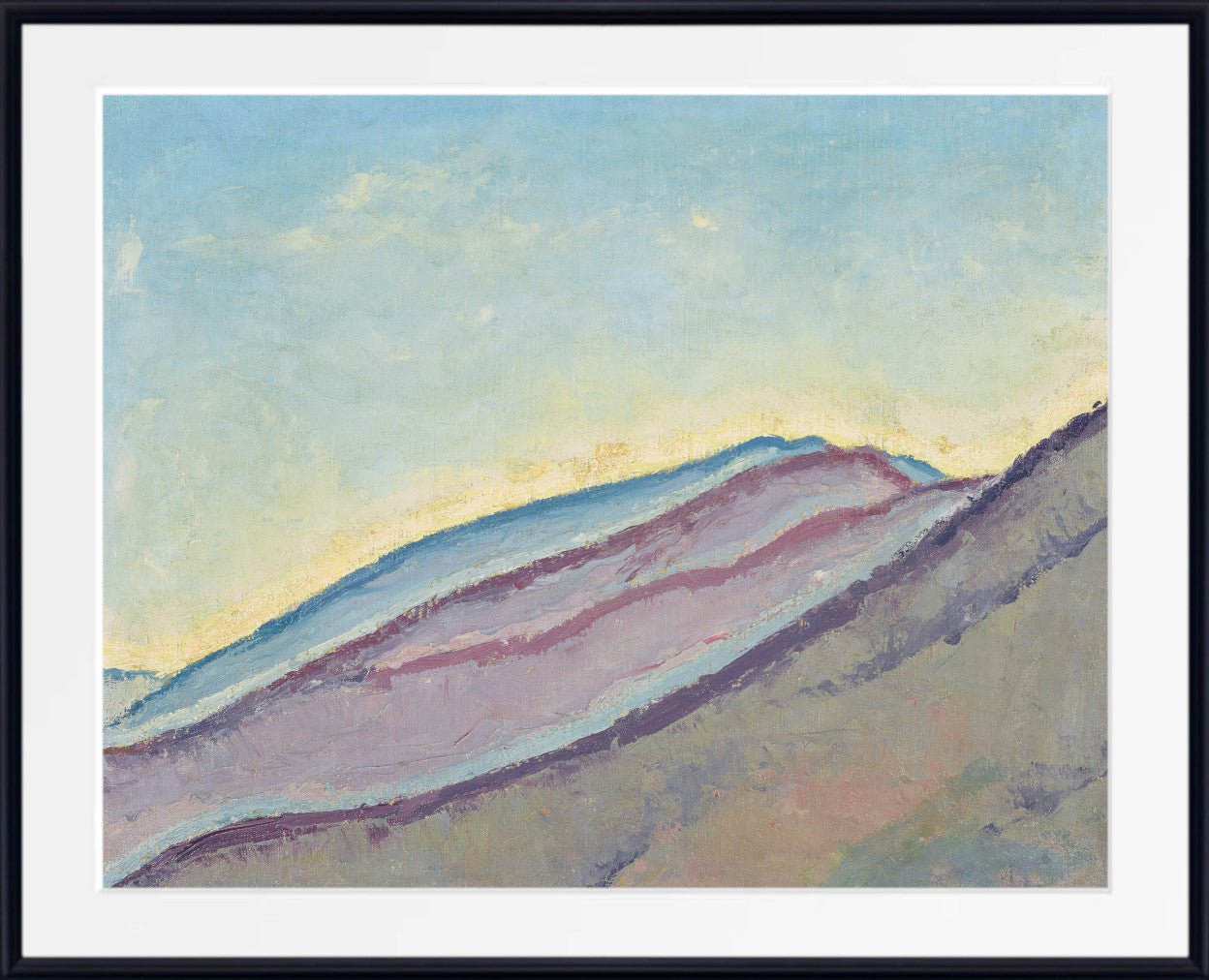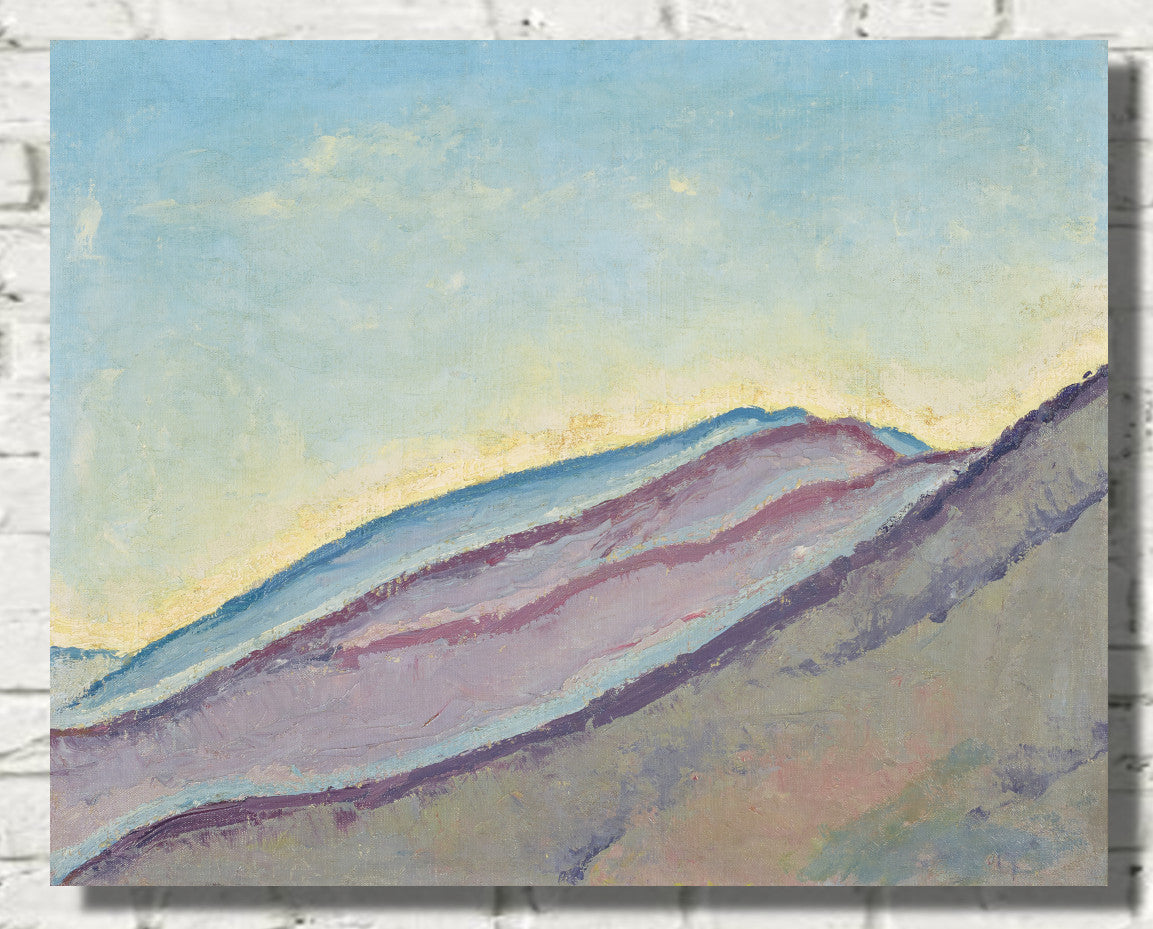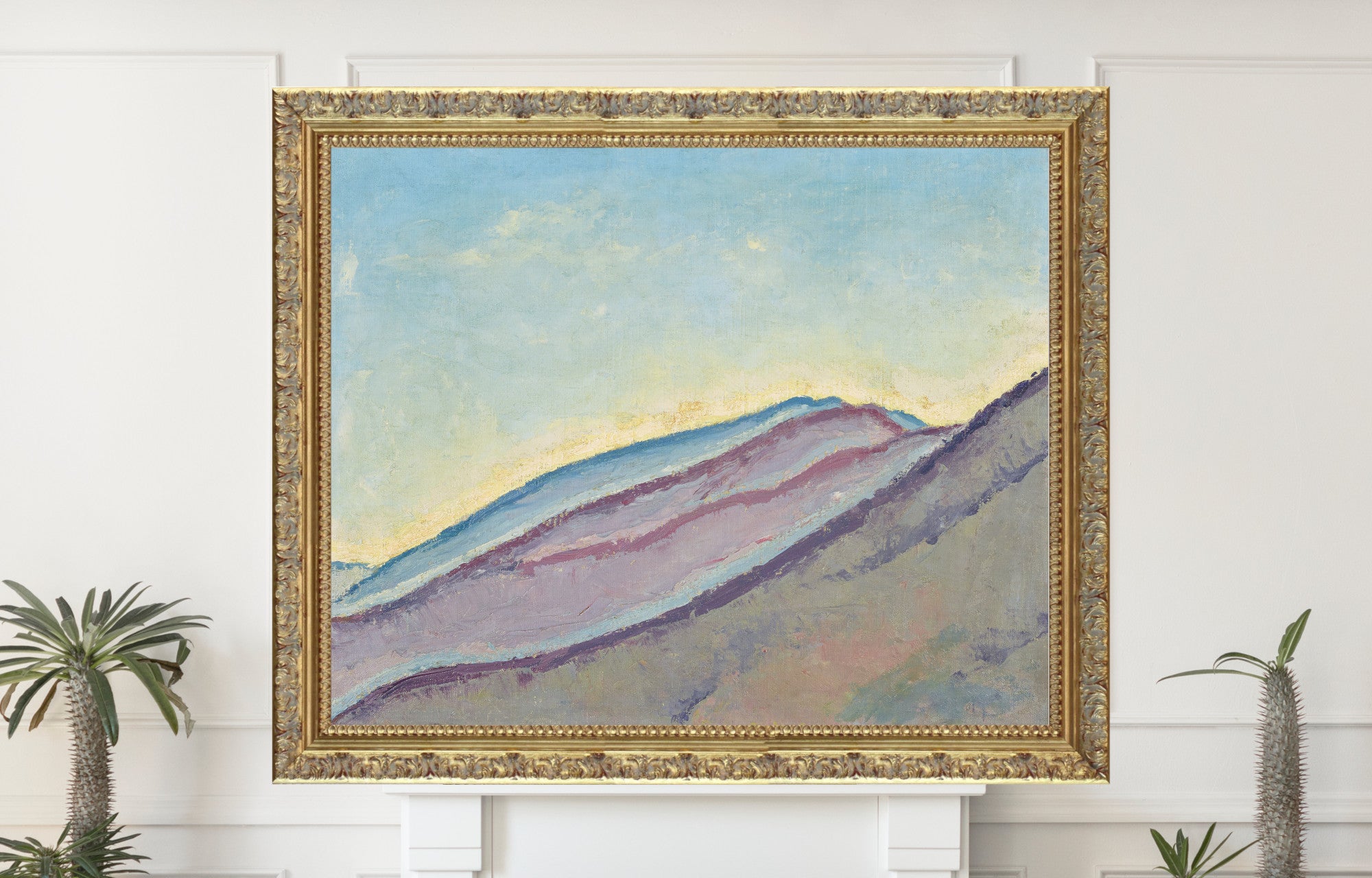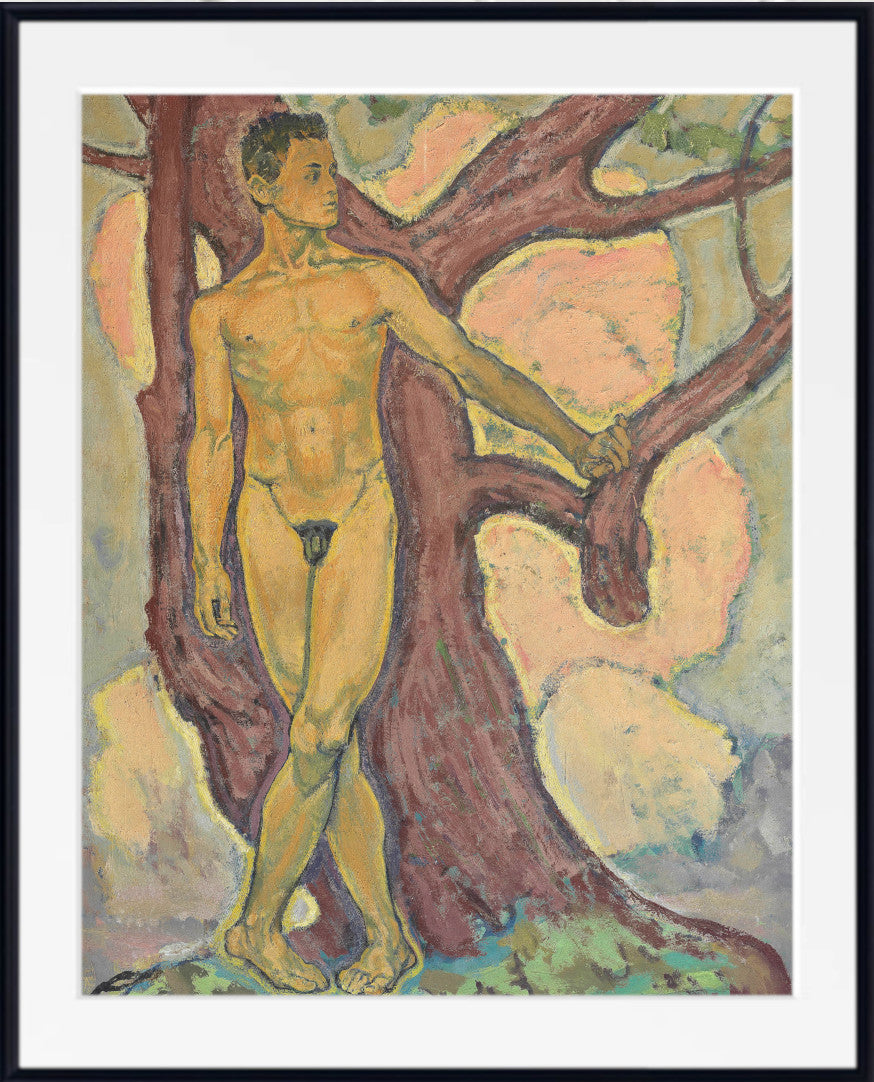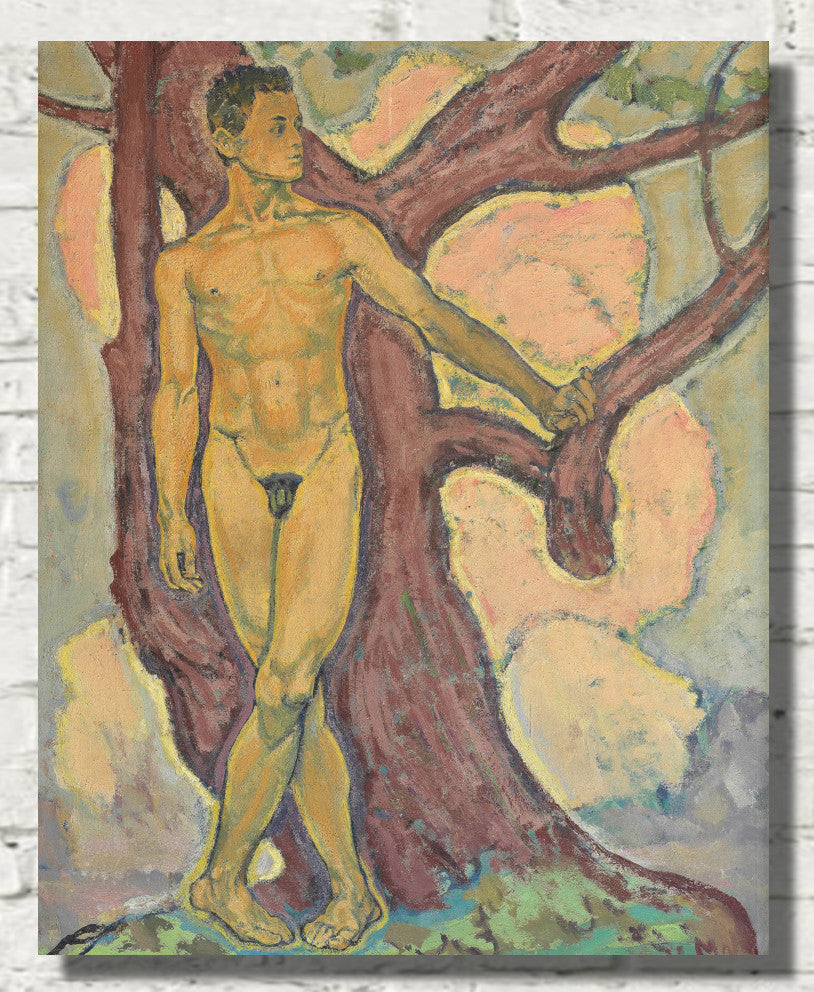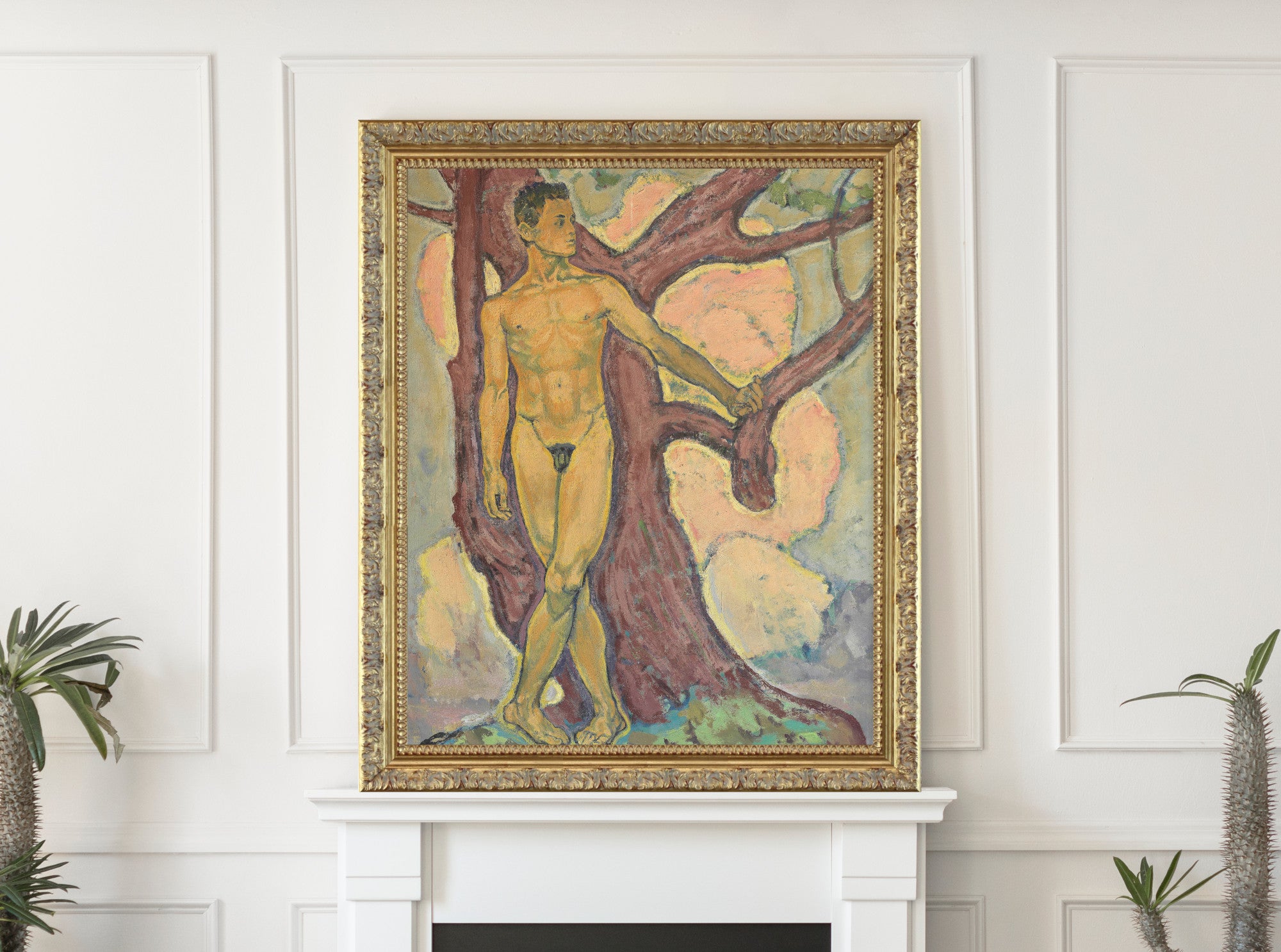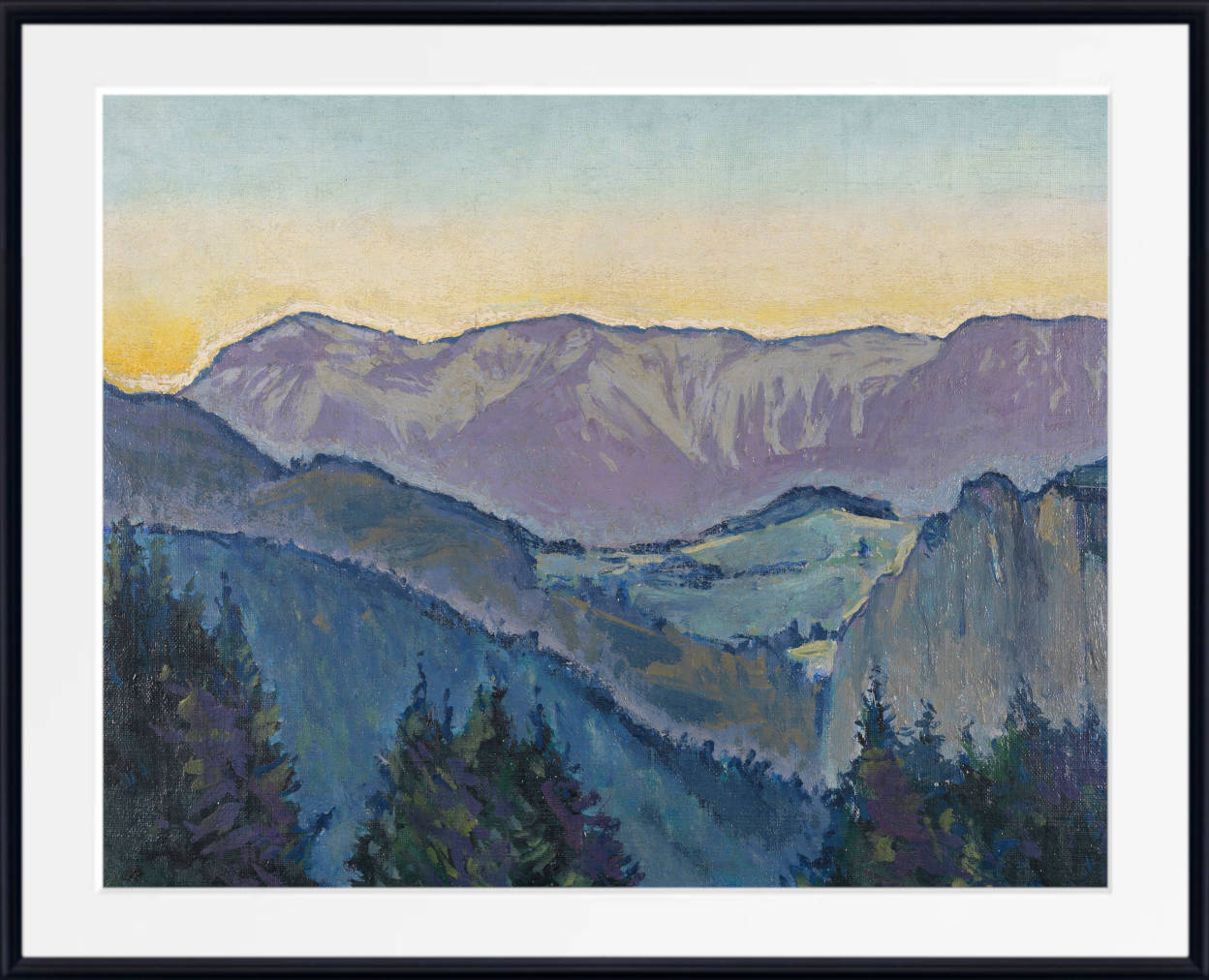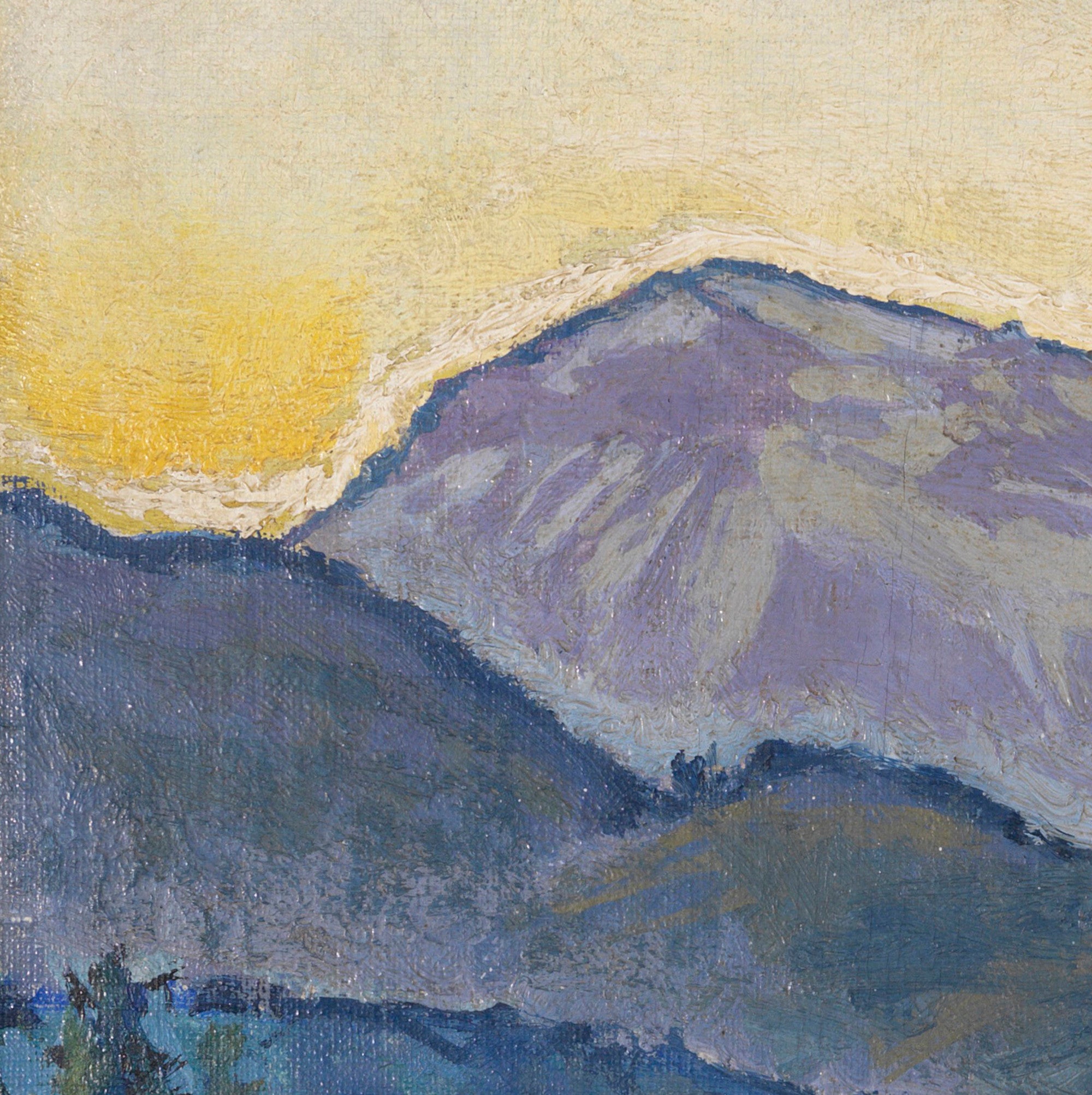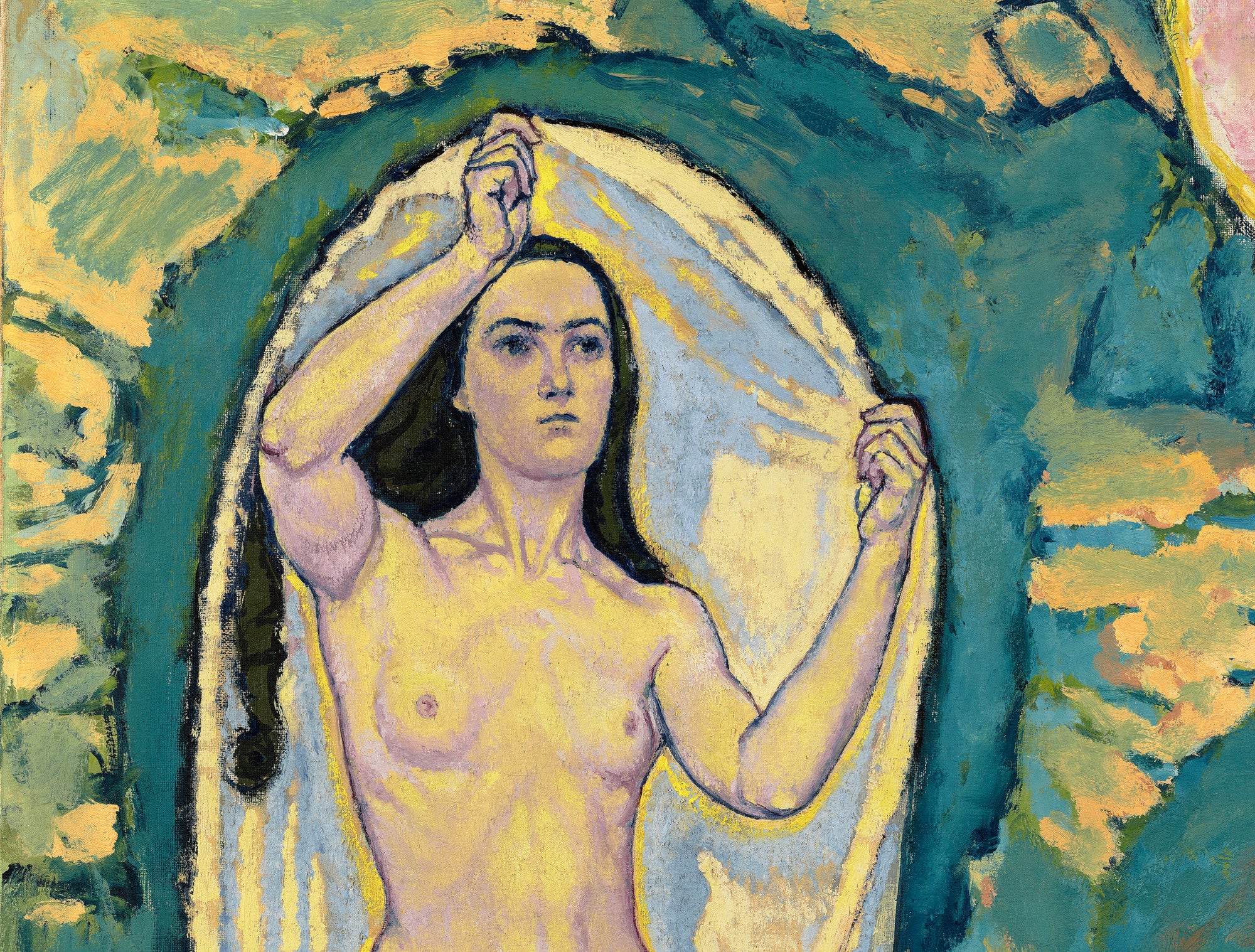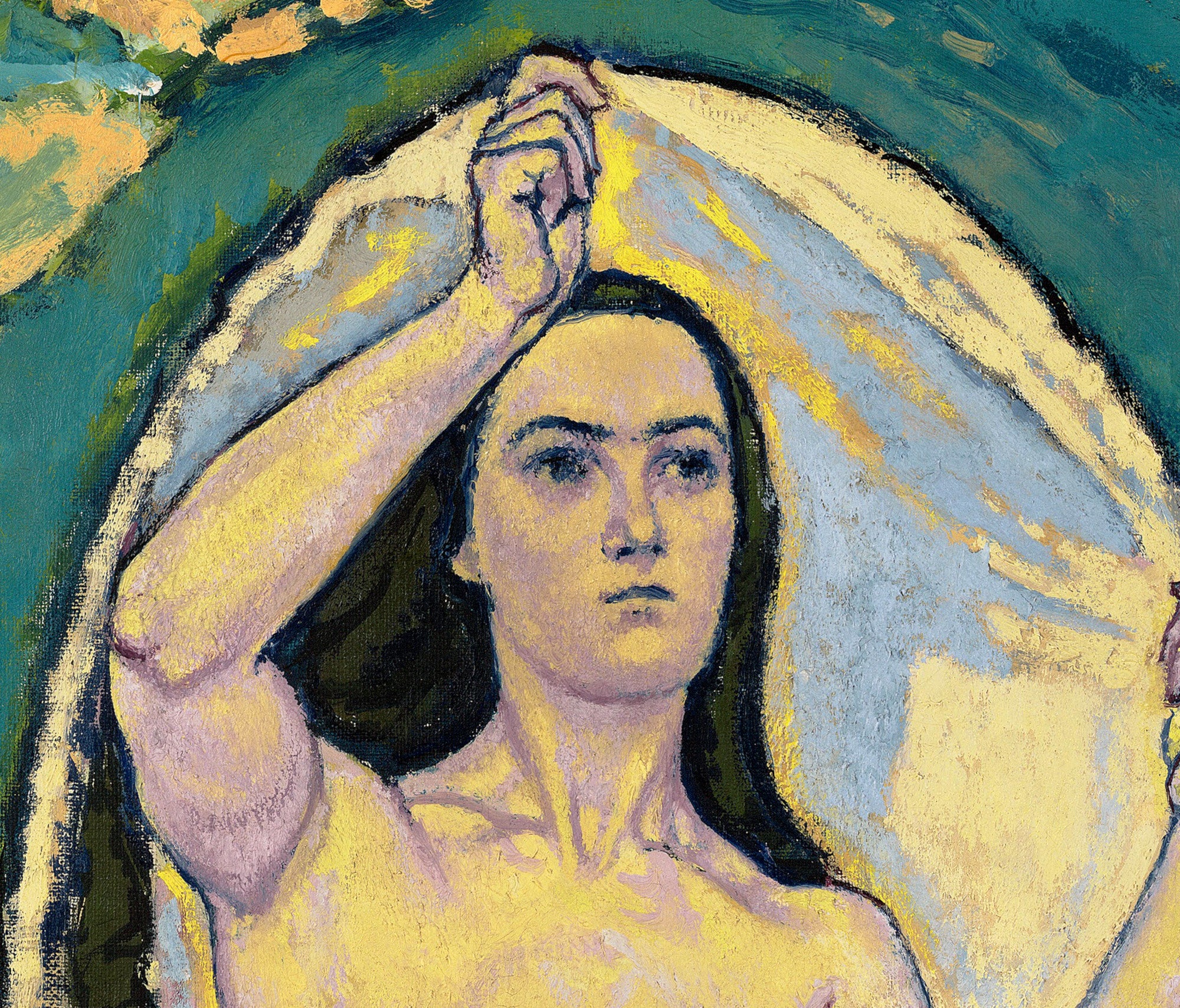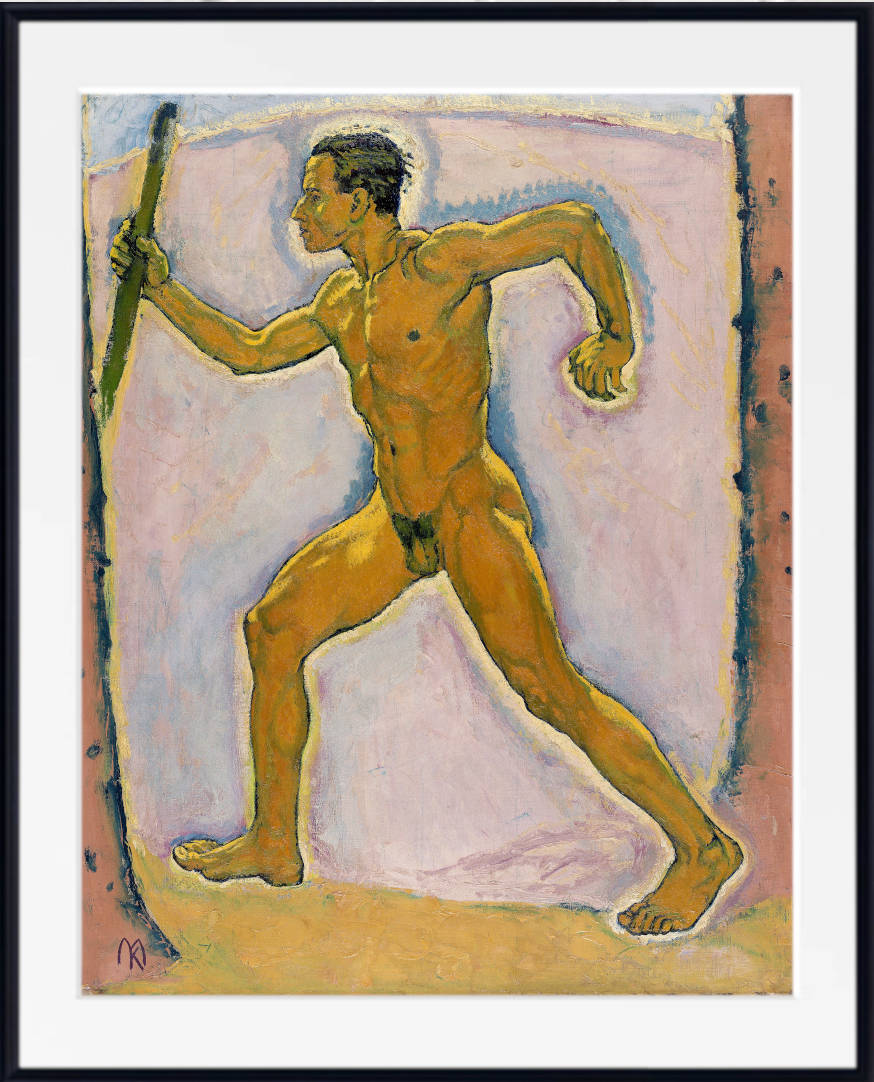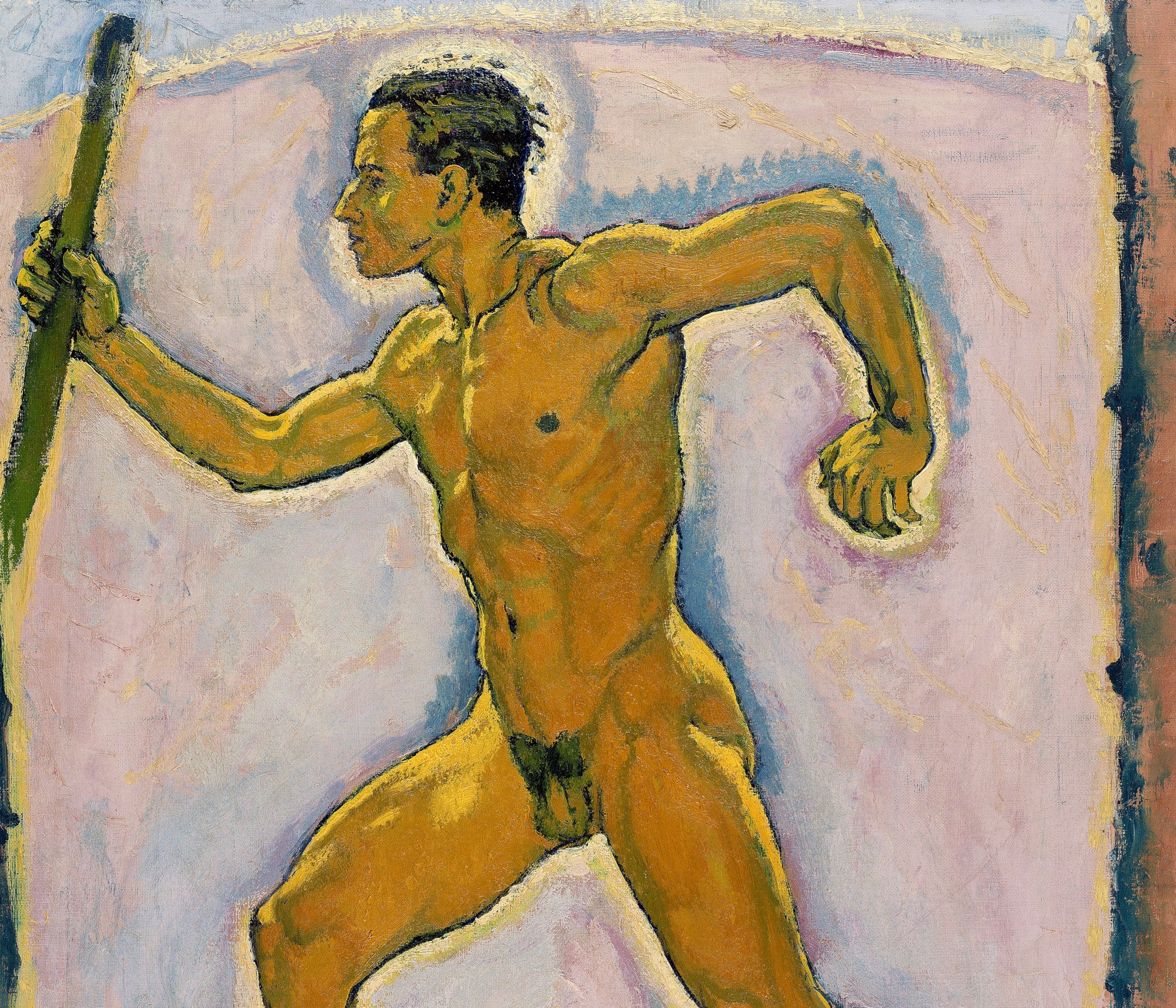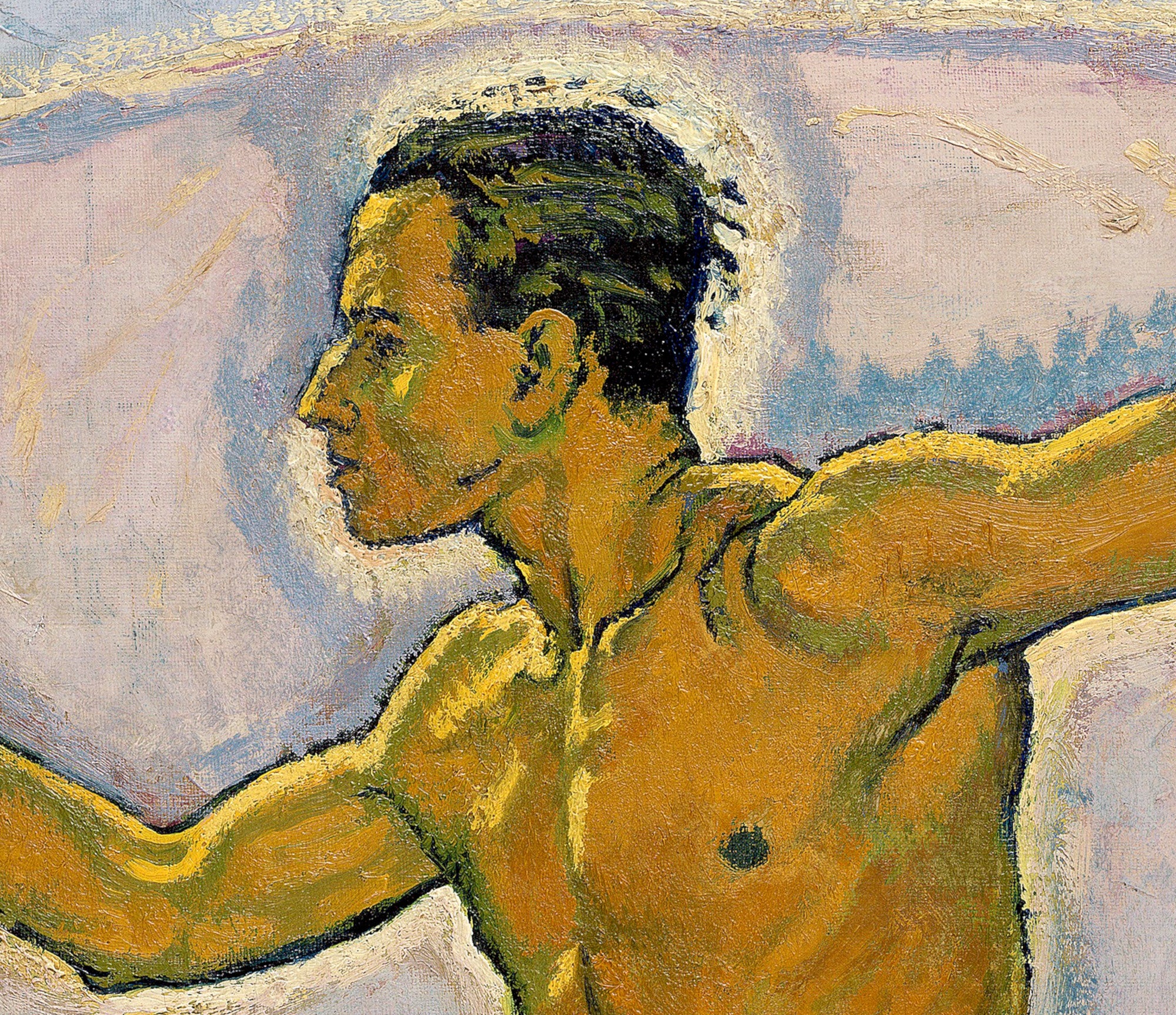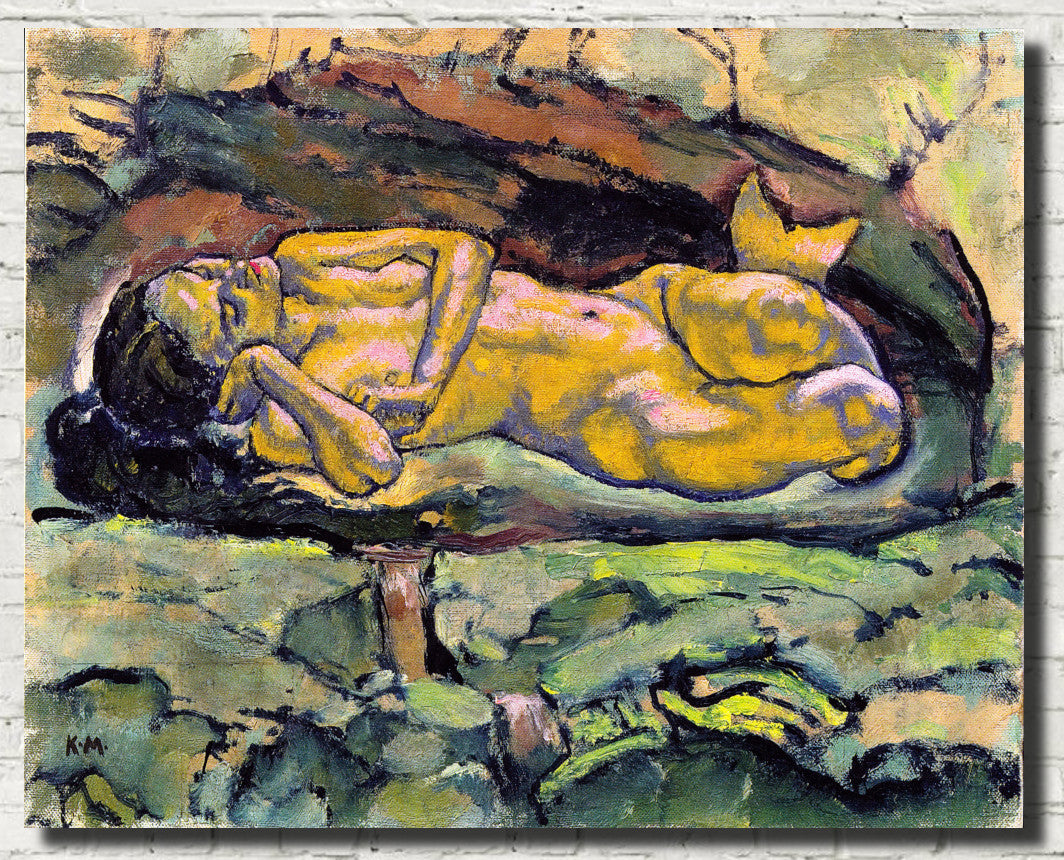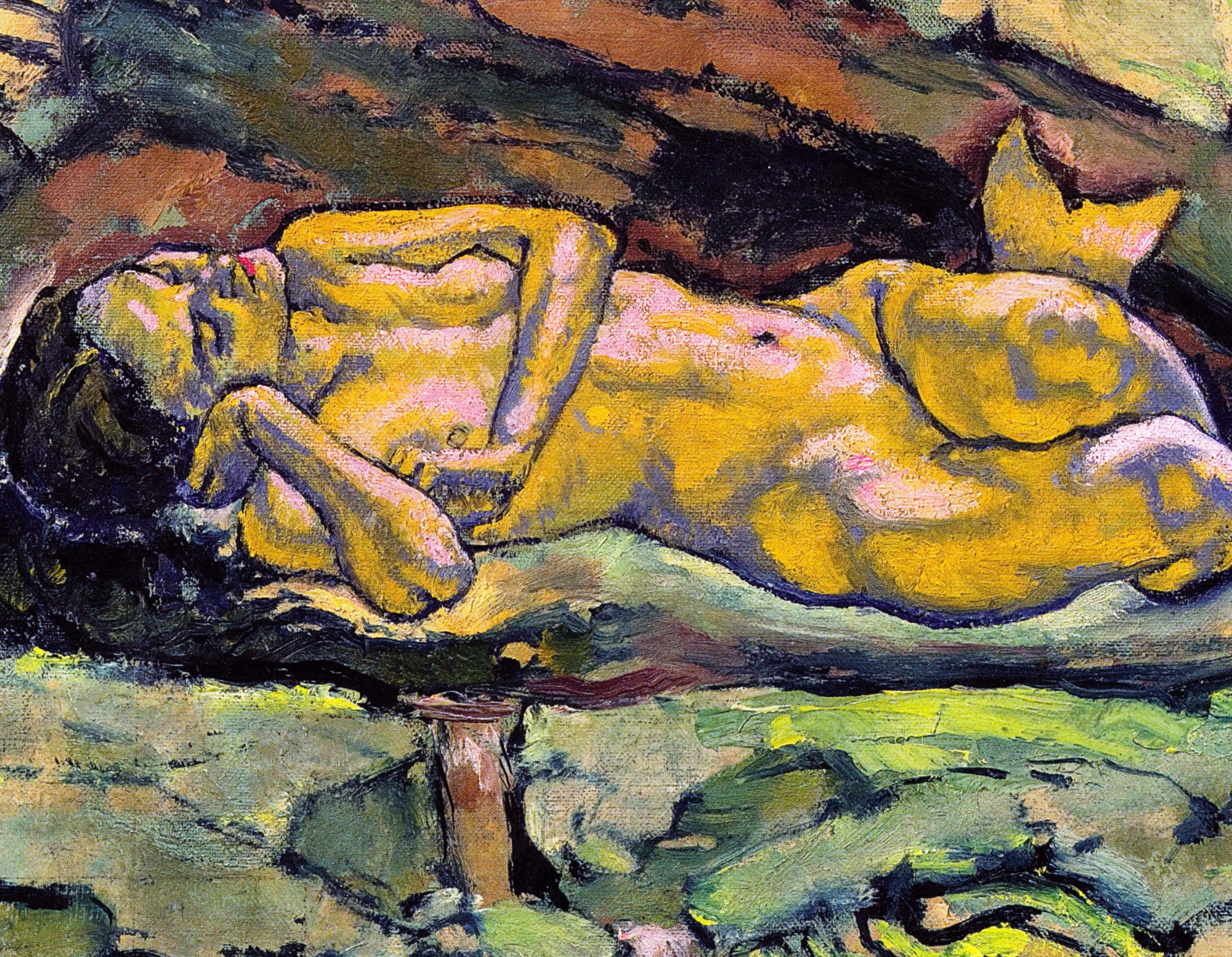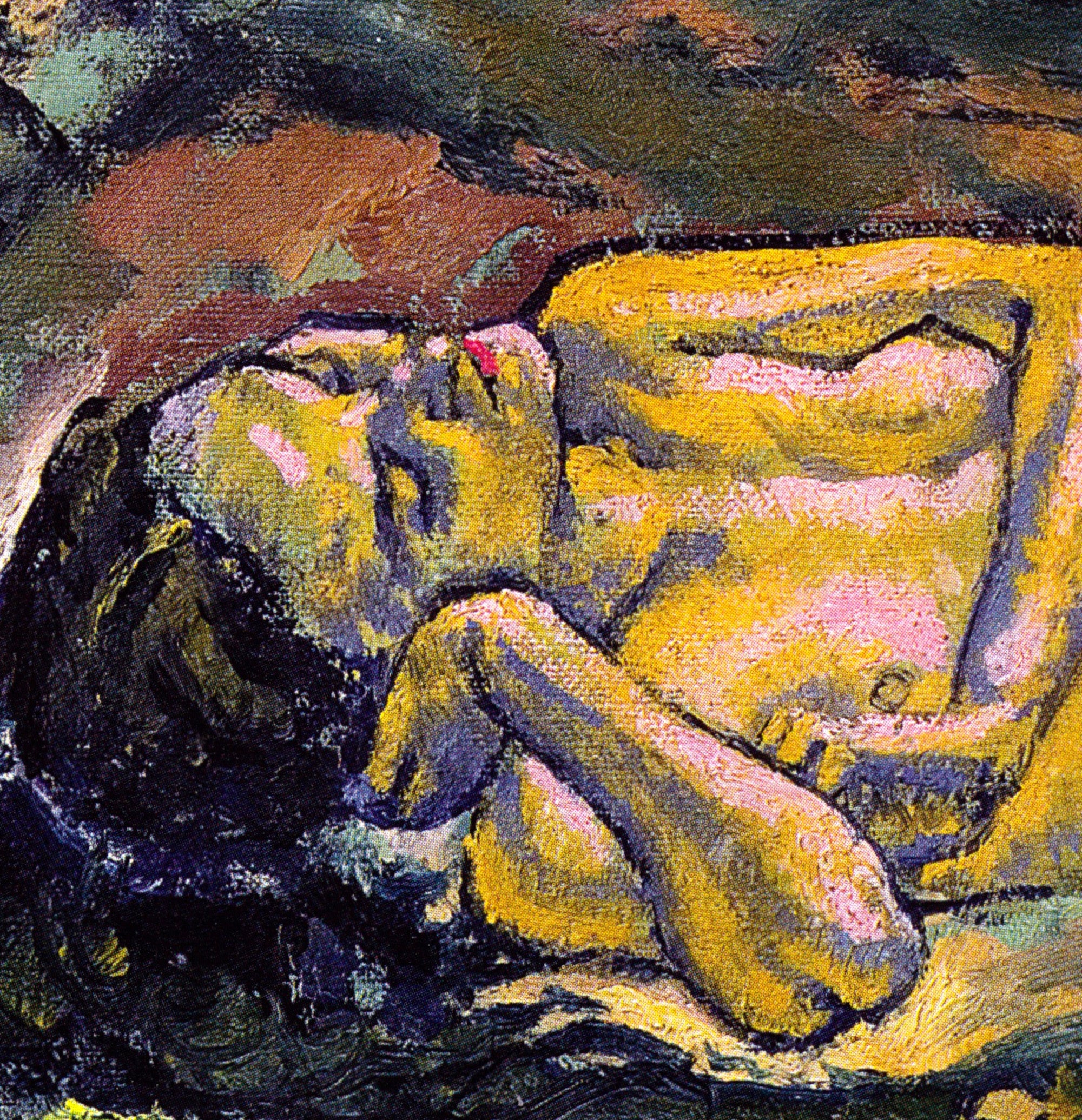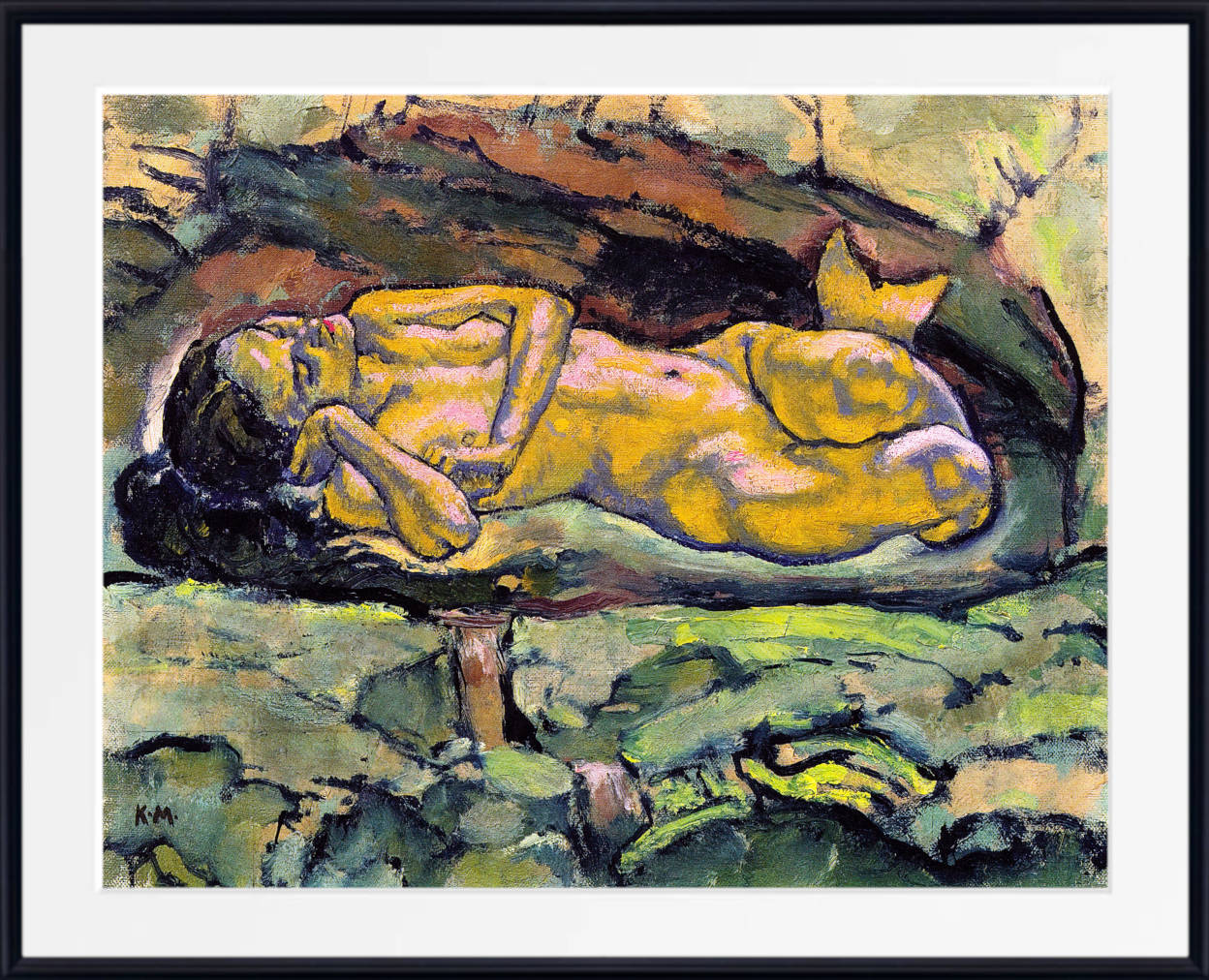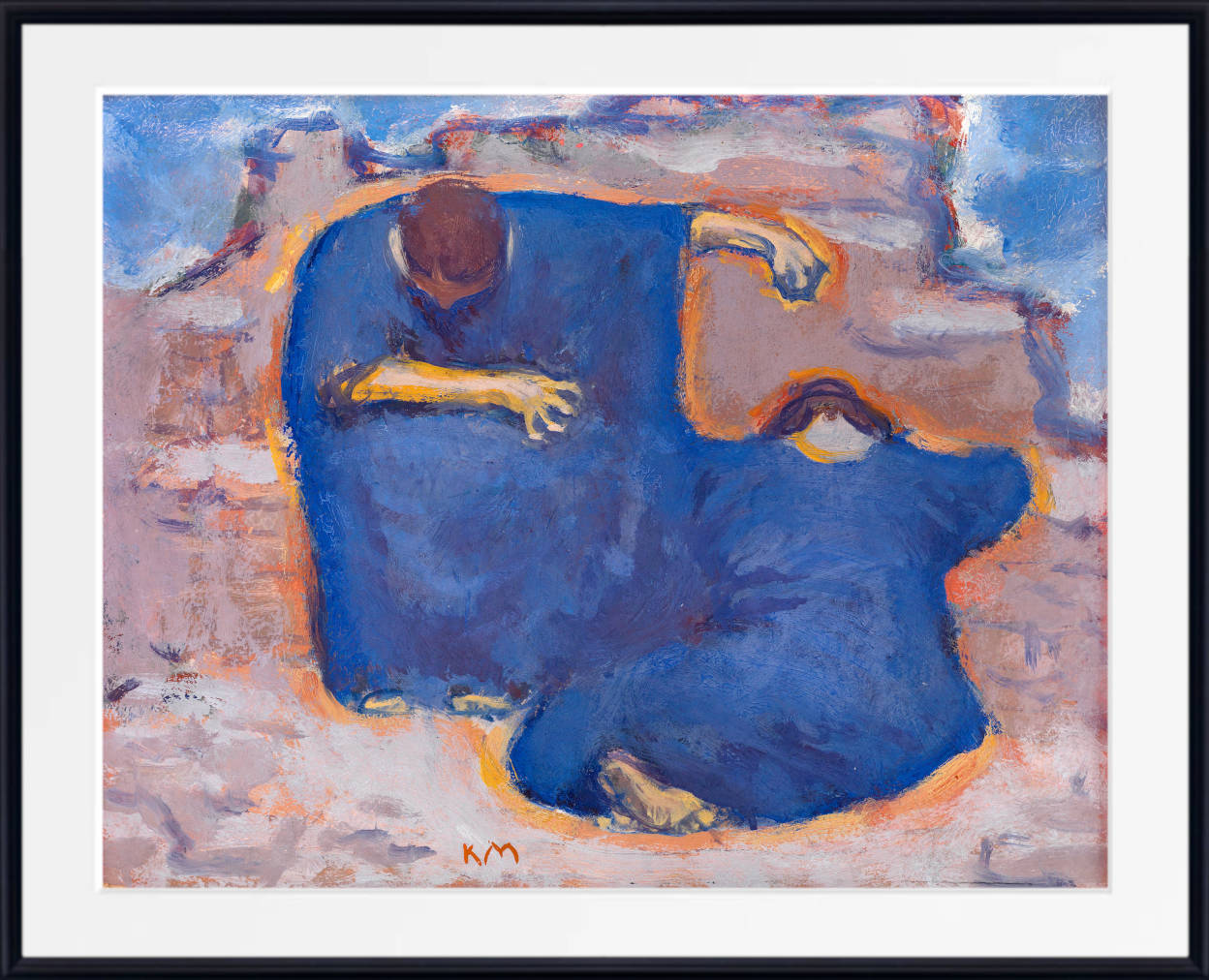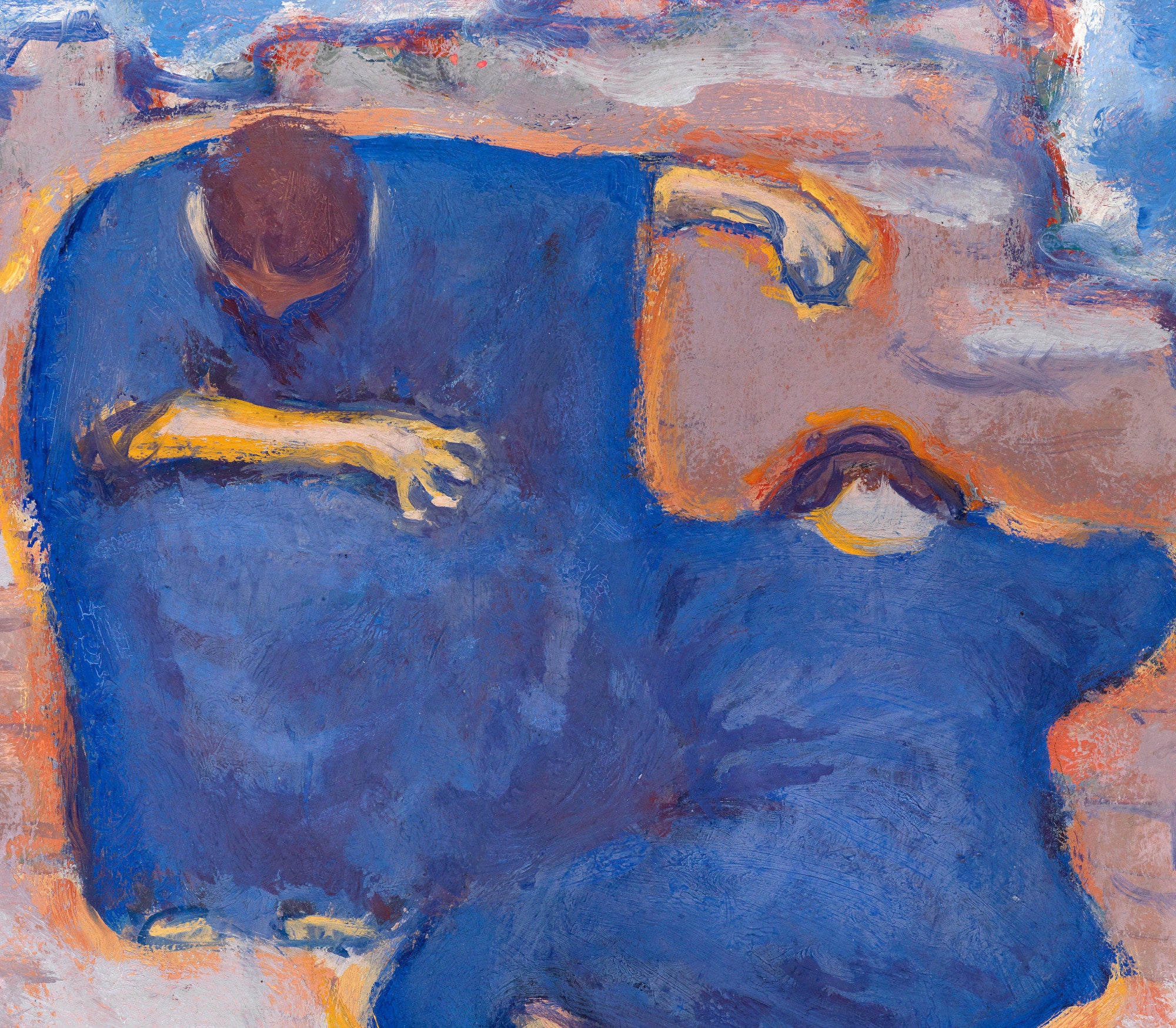Grieving Women, Koloman Moser
Table of Contents
- Koloman Moser Early Life and Training
- Founding of the Vienna Secession
- The Work of Koloman Moser
- Koloman Moser Graphic Design
- Koloman Moser Decorative Arts
- The Legacy of Koloman Moser
- Koloman Moser - Complete Works, Video
Koloman Moser, a luminary figure of the late 19th and early 20th centuries, was a multifaceted artist and designer whose contributions left an indelible mark on the worlds of art, architecture, and decorative arts. Born on March 30, 1868, in Vienna, Austria-Hungary (now Austria), Moser's life and artistic journey were characterized by innovation, creativity, and a relentless pursuit of beauty and functionality.

Koloman Moser, Self Portrait
Koloman Moser Early Life and Training
Moser's journey into the realm of art and design began early in his life. From an early age, he demonstrated an aptitude for drawing and a deep appreciation for the visual arts. Encouraged by his parents, Moser pursued his artistic passions, enrolling in the Vienna School of Arts and Crafts (Kunstgewerbeschule) in 1885. It was at this prestigious institution that he honed his skills and was exposed to a wide range of artistic influences. During his time at the Kunstgewerbeschule, Moser was fortunate to study under some of the era's most influential teachers, including the renowned architect Otto Wagner and the painter Julius Victor Berger. These mentors played a pivotal role in shaping his artistic vision and nurturing his talents. Wagner's emphasis on functional design and Berger's lessons in composition and color theory greatly influenced Moser's artistic philosophy.

View from Torbole of the western shore of Lake Garda, Koloman Moser
Founding of the Vienna Secession
The turn of the 20th century marked a period of significant change and innovation in the arts and culture of Europe. Moser was at the forefront of these developments and played a crucial role in founding the Vienna Secession in 1897, a radical artistic movement that sought to break free from the constraints of traditional academic art. Under Moser's leadership, the Vienna Secession became a hub for progressive artists who aimed to challenge established norms and create art that was fresh, modern, and relevant. The Secessionists rejected the historicism of the past and embraced new forms of expression, including symbolism, art nouveau, and Jugendstil.
The Work of Koloman Moser
Koloman Moser's artistic output was remarkably diverse, encompassing various mediums, including painting, graphic design, textiles, and ceramics. His work reflected his dedication to the principles of the Vienna Secession, which emphasized the unity of art and craftsmanship.

Koloman Moser, Portrait of a Woman in Profile
Koloman Moser Paintings
Moser's paintings are characterized by their harmonious compositions and vibrant use of color. He often depicted scenes from everyday life, portraits, and landscapes, infusing them with a sense of serenity and elegance. One of his notable works, "Portrait of a Lady" (c. 1900), exemplifies his skill in capturing the essence of his subjects through a careful balance of form and color.

Mors Janua Vitae (Death is the gate to life) (1895), Koloman Maser
Koloman Moser Graphic Design
Moser's contributions to graphic design were groundbreaking. He was a co-founder of the Wiener Werkstätte, an influential design workshop established in 1903, where he collaborated with other prominent artists such as Gustav Klimt and Josef Hoffmann. Moser's graphic design work at the Wiener Werkstätte included creating posters, book covers, and typography. His distinctive style often incorporated geometric shapes, intricate patterns, and innovative use of negative space. Moser's poster for the 14th Secession Exhibition (1902) is a masterpiece of graphic design, showcasing his ability to blend form and function seamlessly.

Wotan and Brünhilde, Koloman Moser
Koloman Moser Decorative Arts
Moser's impact on the decorative arts was profound. His designs for furniture, ceramics, and glassware epitomized the principles of the Vienna Secession. He believed that every object should be a work of art, marrying aesthetic beauty with practical functionality. One of his most iconic creations is the "Sitzmaschine" (1902), a chair designed for the Künstlerhaus exhibition in Vienna. With its clean lines and innovative use of materials, the Sitzmaschine epitomized the spirit of modern design.

The Wayfarer, Koloman Moser
Koloman Moser Stained Glass
Moser's exploration of stained glass as an art form demonstrated his commitment to integrating art into architecture. He collaborated with architects such as Josef Hoffmann to create stunning stained glass windows for various buildings, including the Kirche am Steinhof (Church of St. Leopold) in Vienna. These works featured intricate patterns and vivid colors, transforming the play of light within architectural spaces.
The Legacy of Koloman Moser
Koloman Moser's legacy endures through his enduring influence on the world of art and design. His dedication to the unity of art and craftsmanship, as well as his commitment to innovation, continue to inspire artists and designers to this day. Here are some aspects of his lasting legacy:
The Vienna Secession
Moser's pivotal role in the Vienna Secession and his contributions to its exhibitions helped pave the way for the modernist movement in Vienna. The Secessionists' break from traditional artistic institutions set a precedent for future generations of artists to challenge conventions and embrace new forms of expression.

Snowy mountain peaks at dusk, Koloman Moser
The Wiener Werkstätte
Moser's involvement with the Wiener Werkstätte not only produced some of his most iconic works but also contributed to the development of modern design. The workshop's commitment to craftsmanship and the integration of art into everyday life foreshadowed the ideals of later design movements, such as the Bauhaus.

Wiener Werkstätte
Influence on Modern Graphic Design
Moser's innovative graphic design work, marked by geometric shapes and a focus on functionality, left an indelible mark on the field. His pioneering use of typography and layout design set the stage for the modern graphic design practices we see today.

Young man standing between rocks, Koloman Moser
Architectural Impact
Moser's collaboration with architects and his contributions to architectural ornamentation, particularly in stained glass, played a significant role in the evolution of modern architecture. His designs continue to adorn buildings and inspire architects and interior designers worldwide.

View of the Rax, Koloman Moser
Koloman Moser's life and artworks exemplify the transformative power of art and design. His relentless pursuit of beauty, functionality, and innovation left an enduring legacy that continues to influence contemporary artists and designers. As a founding member of the Vienna Secession and a key figure in the Wiener Werkstätte, Moser's work embodied the spirit of the modernist movement in Vienna and set the stage for the evolution of art and design in the 20th century. Through his paintings, graphic design, decorative arts, and architectural contributions, Moser's visionary work continues to inspire and captivate audiences around the world, reminding us of the profound impact that one artist can have on the course of art history.

